Friends, I recently stayed at an Aman by the seaside. It’s been over ten days since I returned, but looking back at the photos still fills me with longing; the lingering attachment is stronger than a breakup.
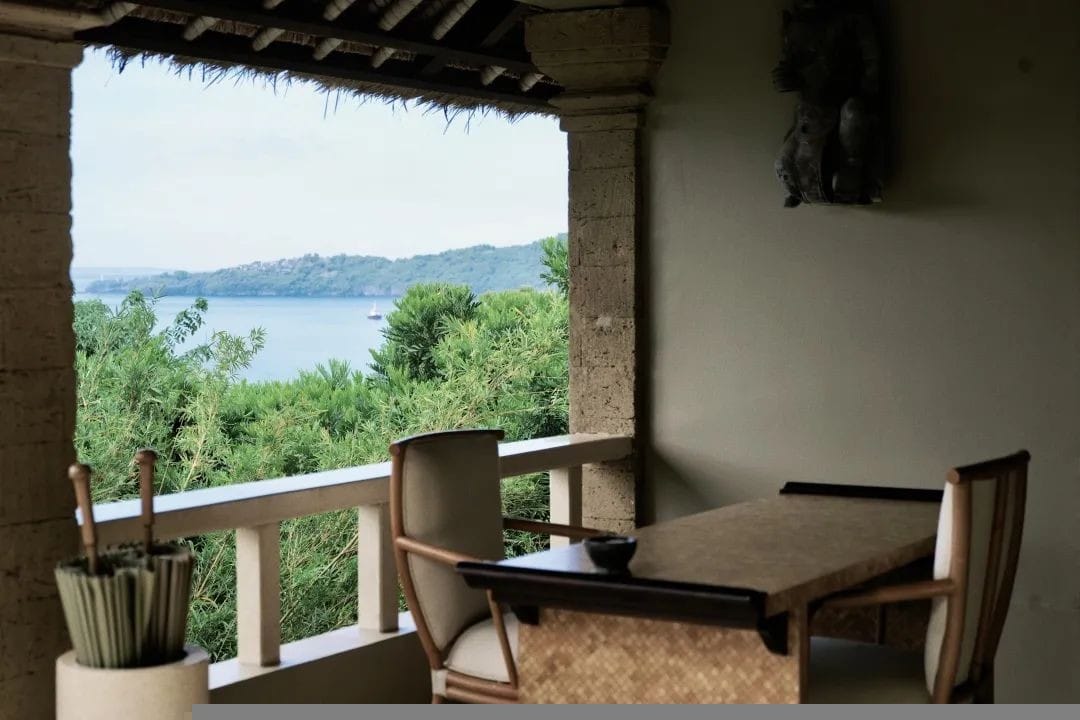
It’s often said that a hotel enthusiast is a hotel enthusiast, while an Aman junkie is an Aman junkie. This time, with the dual buff of Aman and the seaside, this newbie inadvertently experienced the pinnacle, making it difficult to find such excitement again.
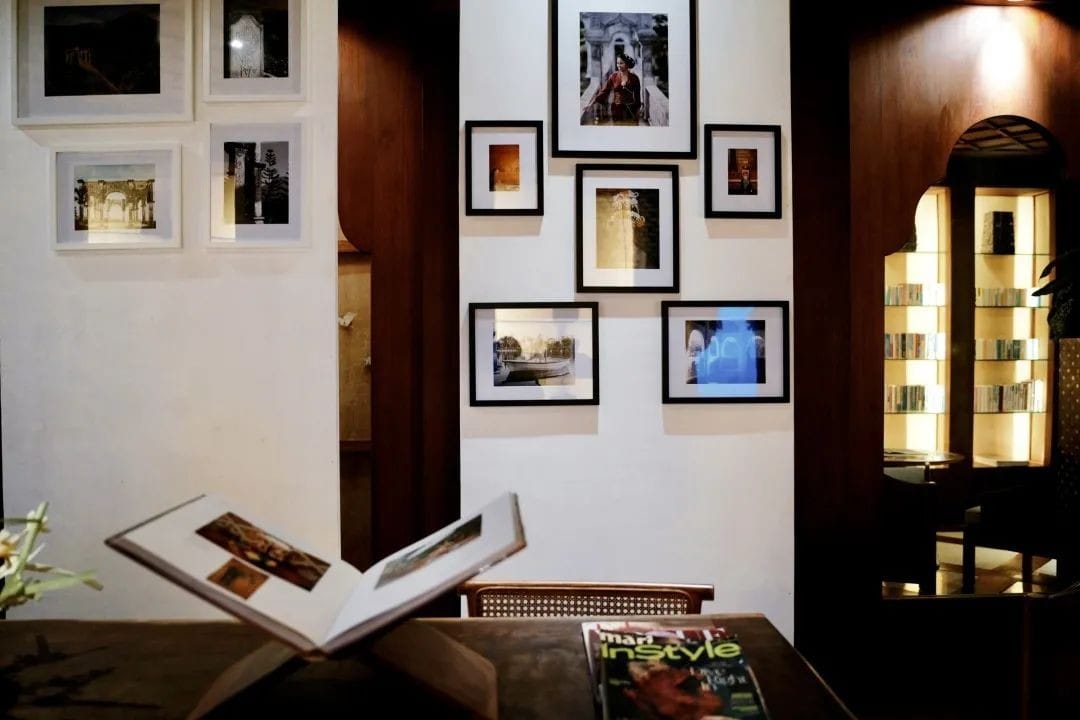

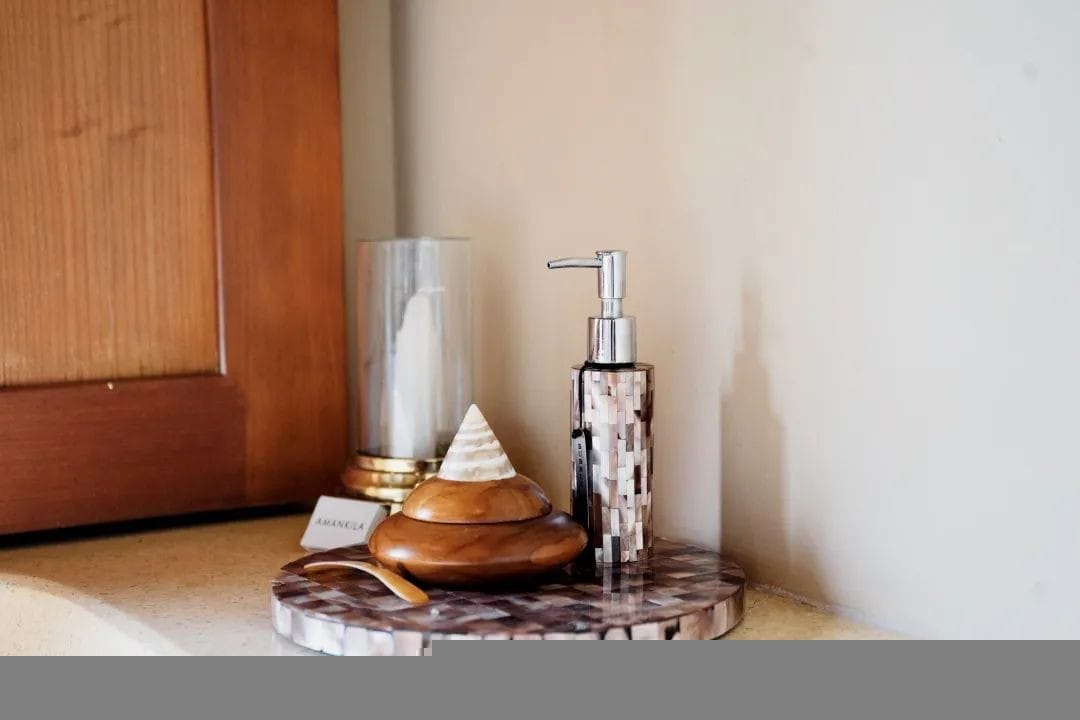
This Aman is the Amankila in Bali. “Kila” means “Peaceful Hill,” and its location is cunningly chosen, dodging all the popular beaches of Bali.
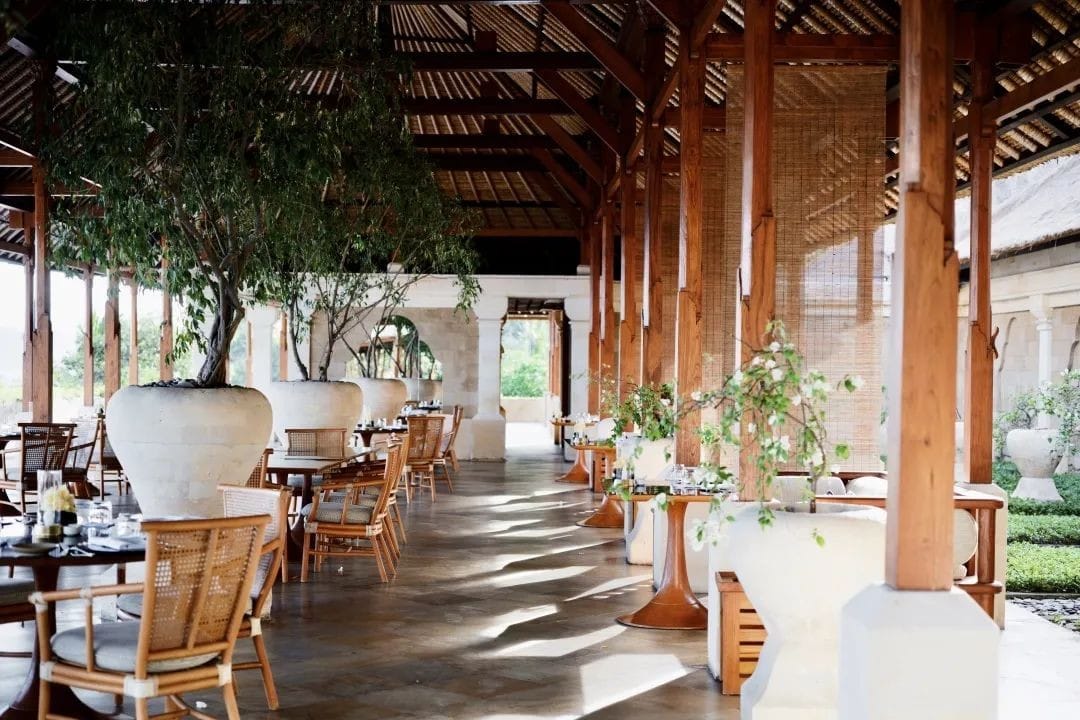
We visited Nusa Dua, Uluwatu, and Kuta…they are beautiful indeed, but also truly bustling.
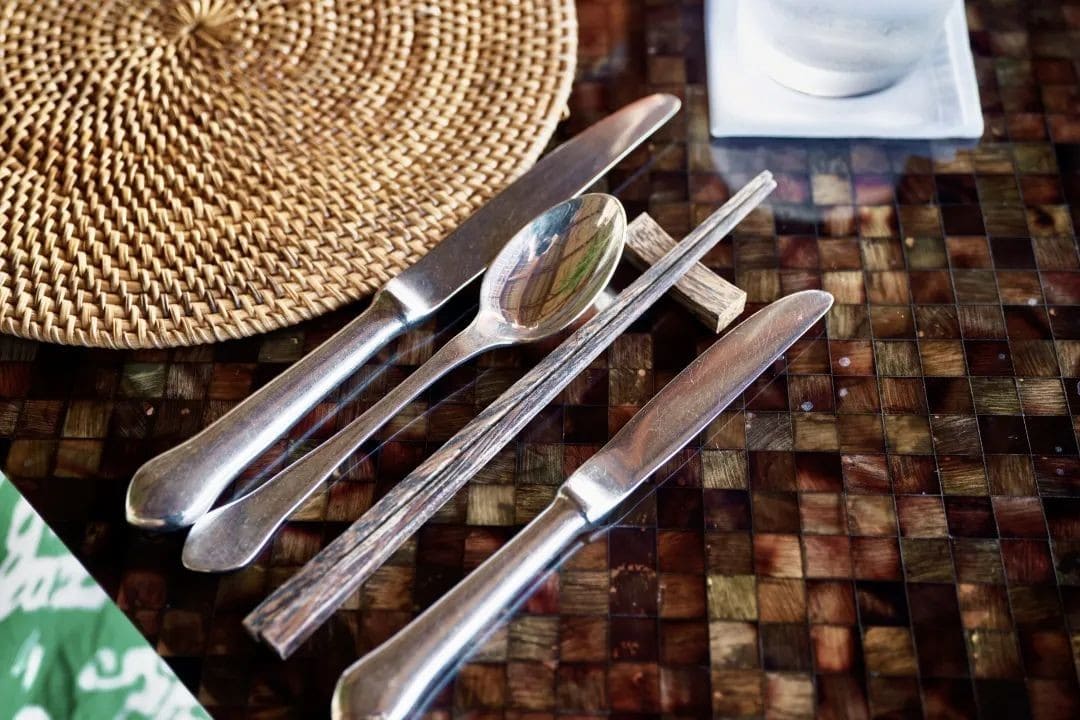
Only the east coast of Manggis, where Aman is situated, boasts the bluest and most tranquil seas, with the softest, cleanest beaches. It’s about a 1.5-hour drive from the airport, and you can book the hotel’s shuttle service.
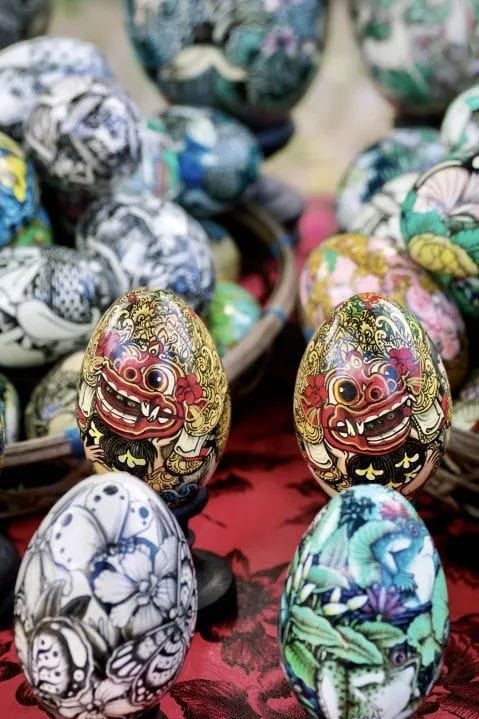
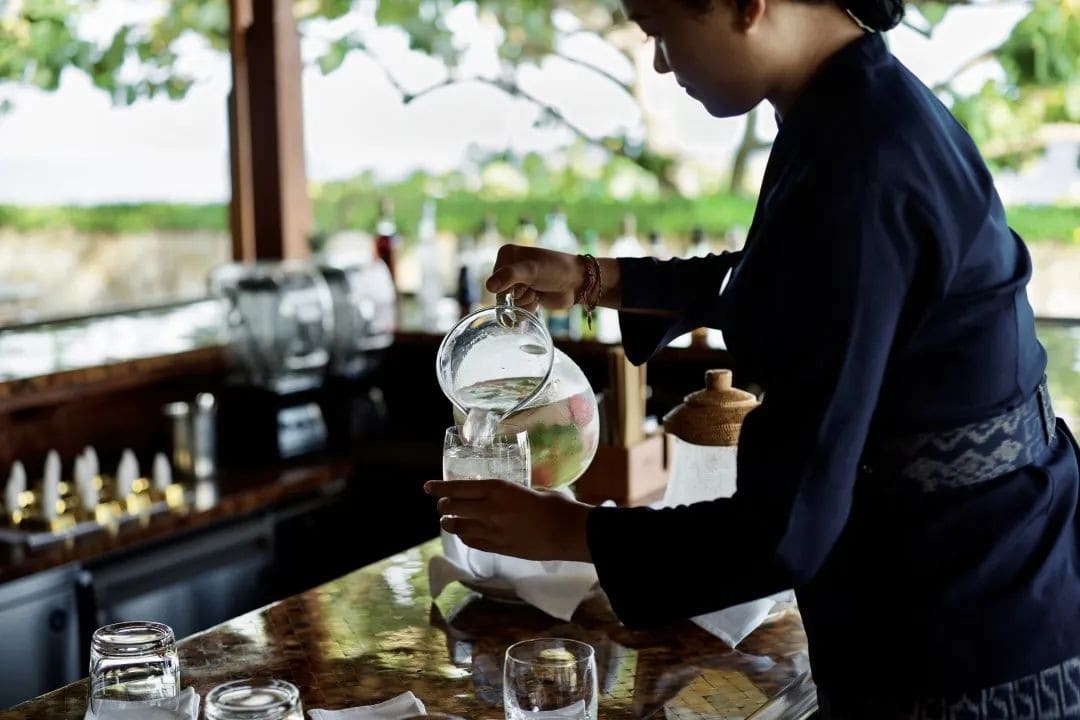
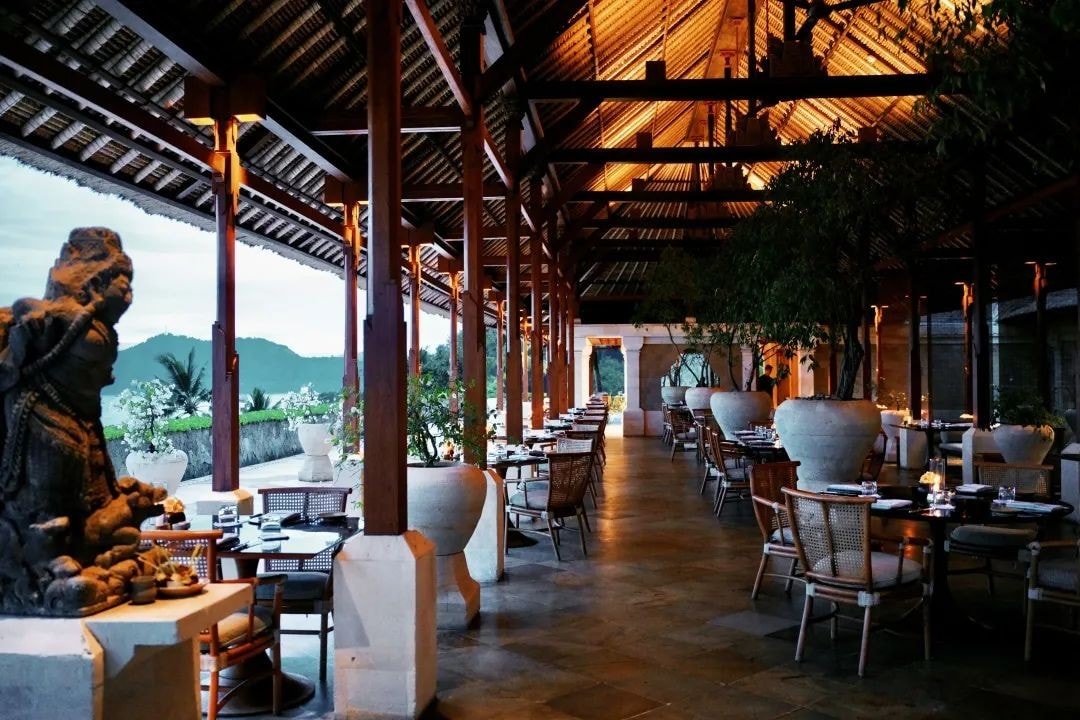
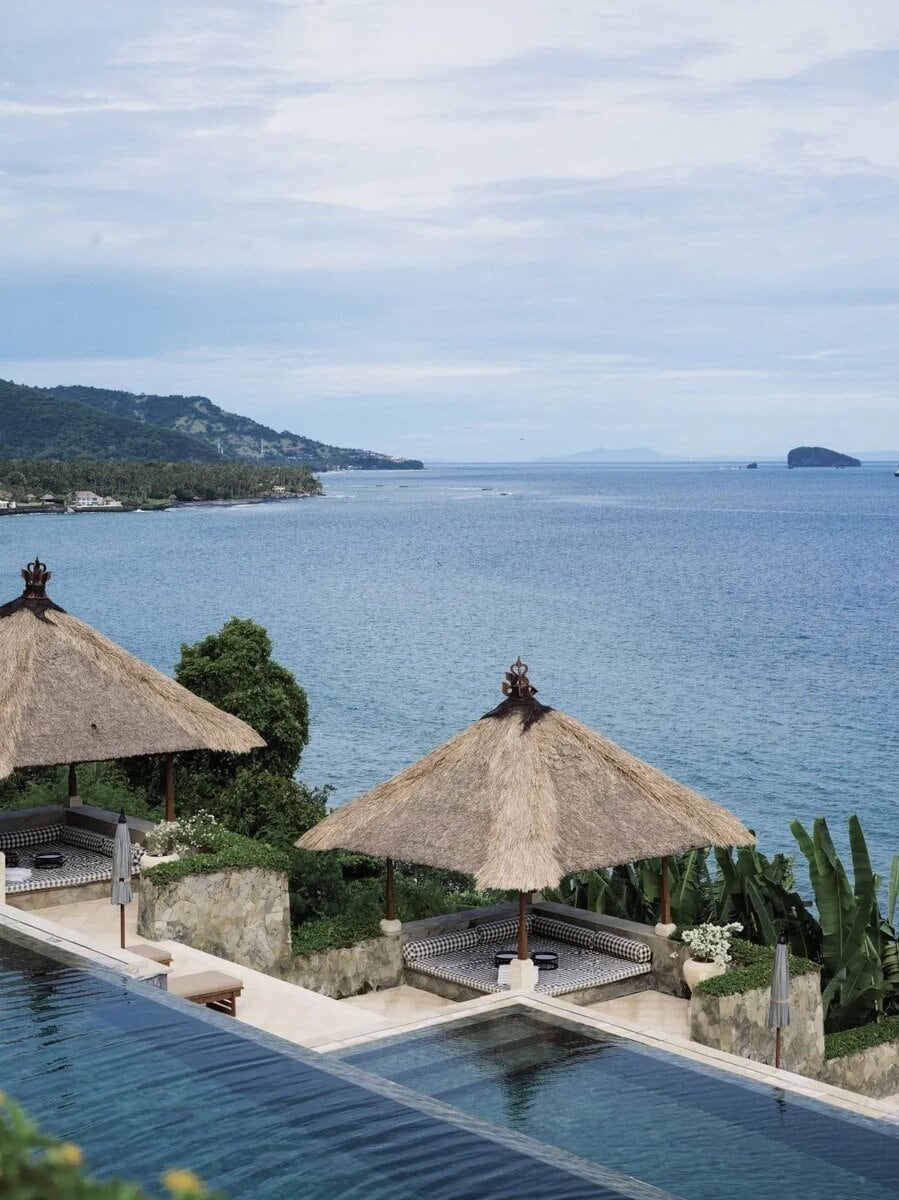
When I stood at Aman on the cliff, overlooking the endless Lombok Strait, I suddenly felt transported to a tycoon’s world. For the wealthy, only the scenery that can be exclusively enjoyed by a few is true luxury.
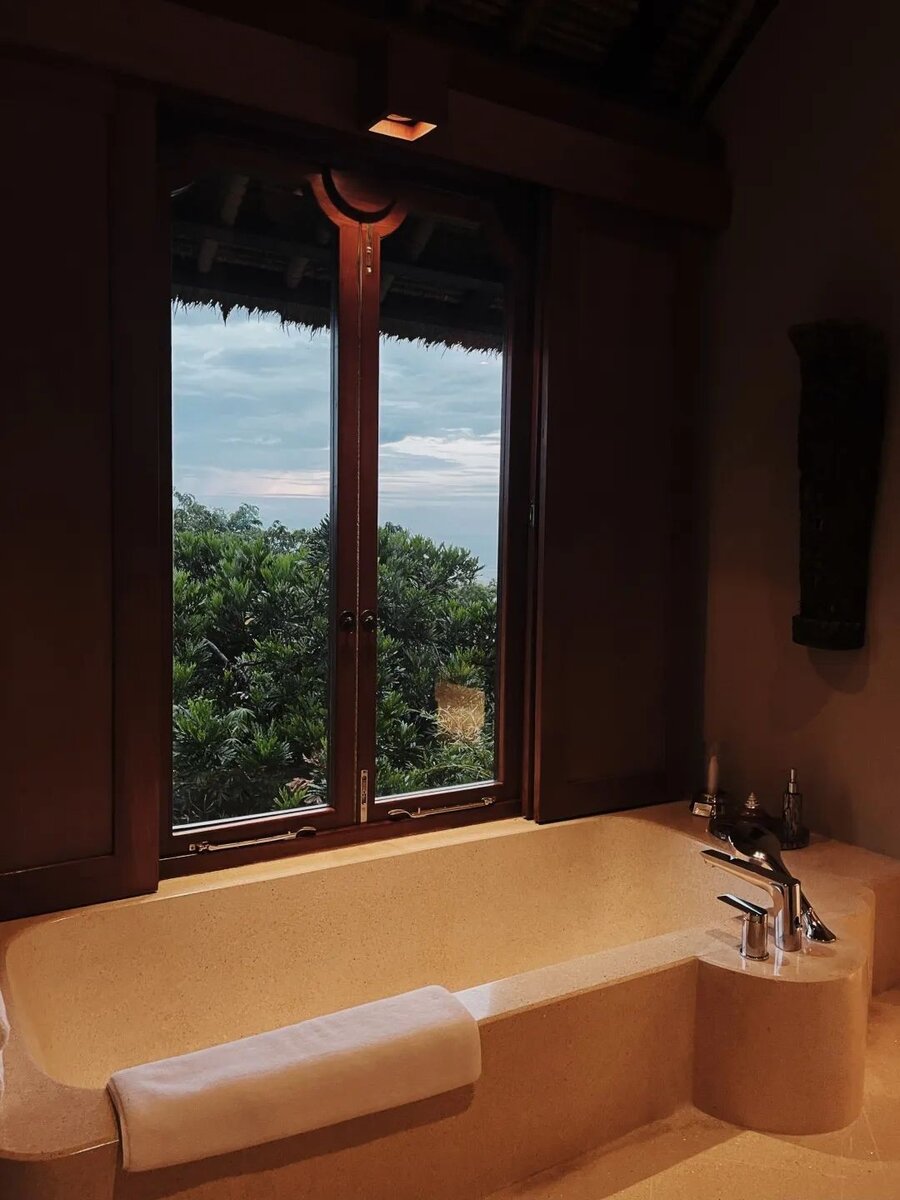
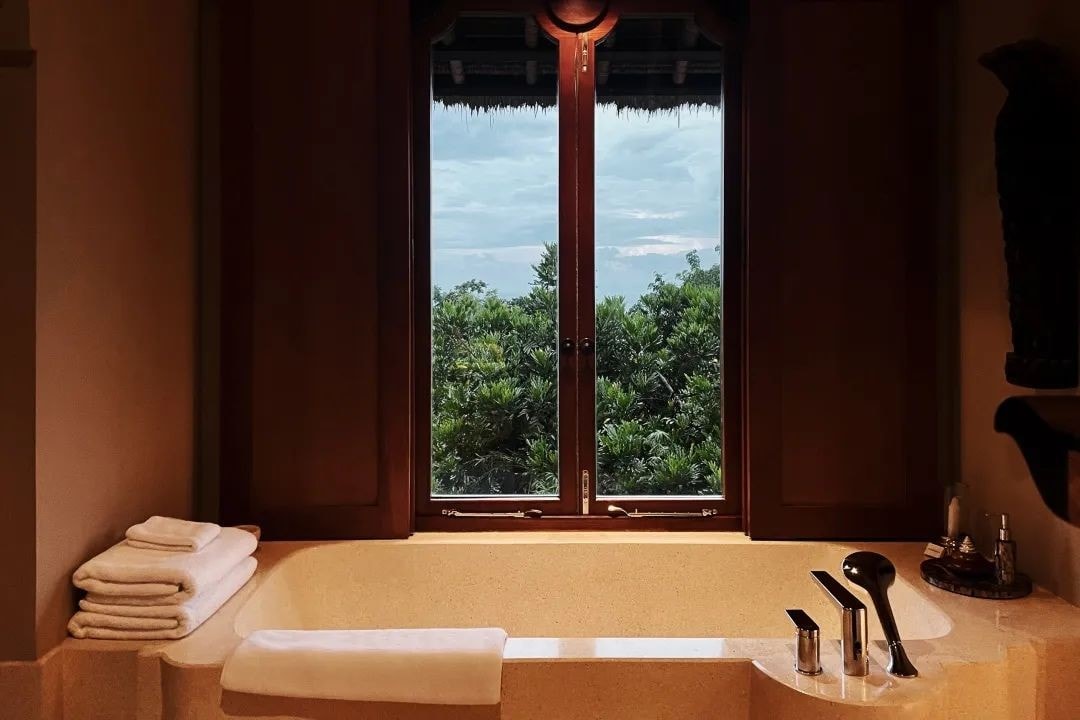
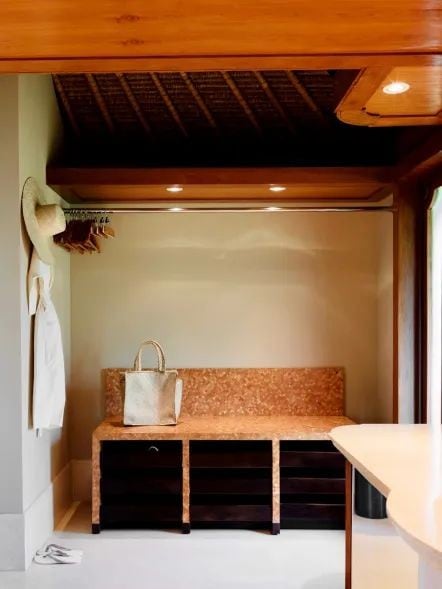
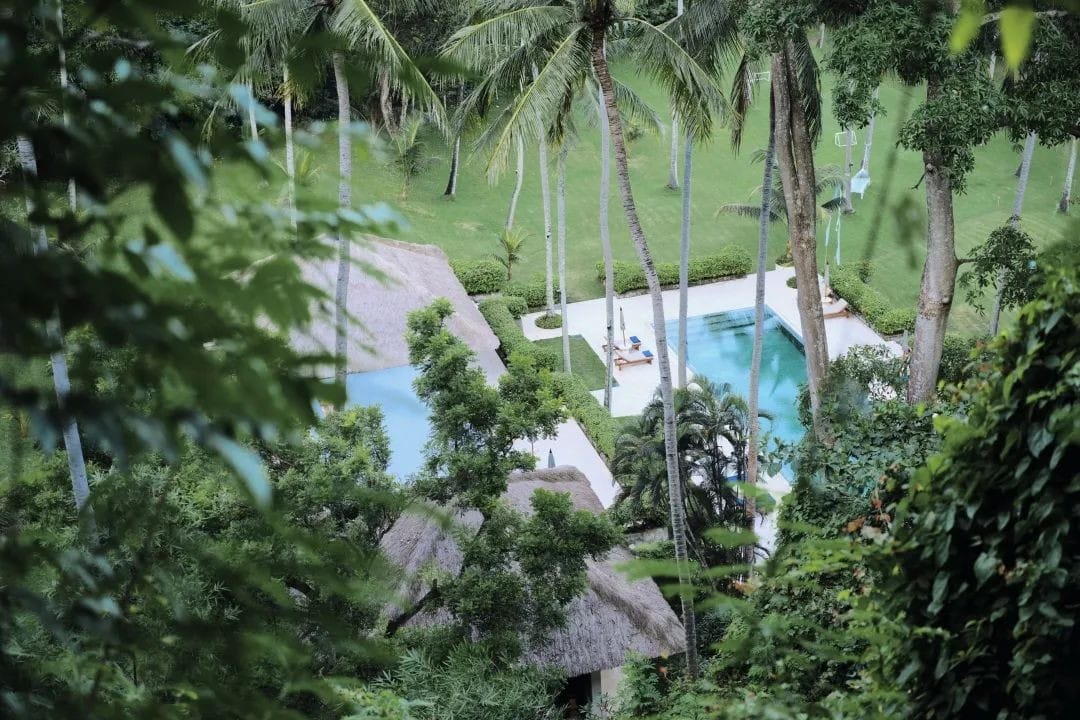
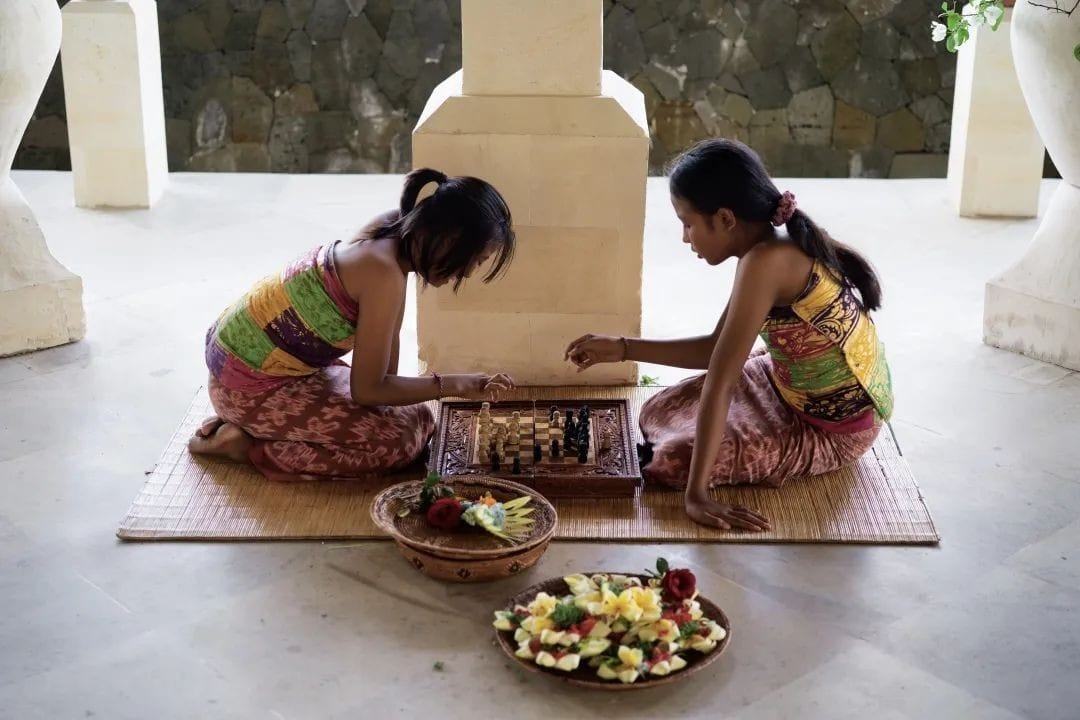
There are few swimming pools that can captivate at first sight anymore, but seeing Aman’s three-tiered cliff pool with my own eyes was utterly breathtaking. Its design is inspired by the local Balinese terraced fields. This pool’s aesthetics could certainly be ranked among the top in global luxury brands.
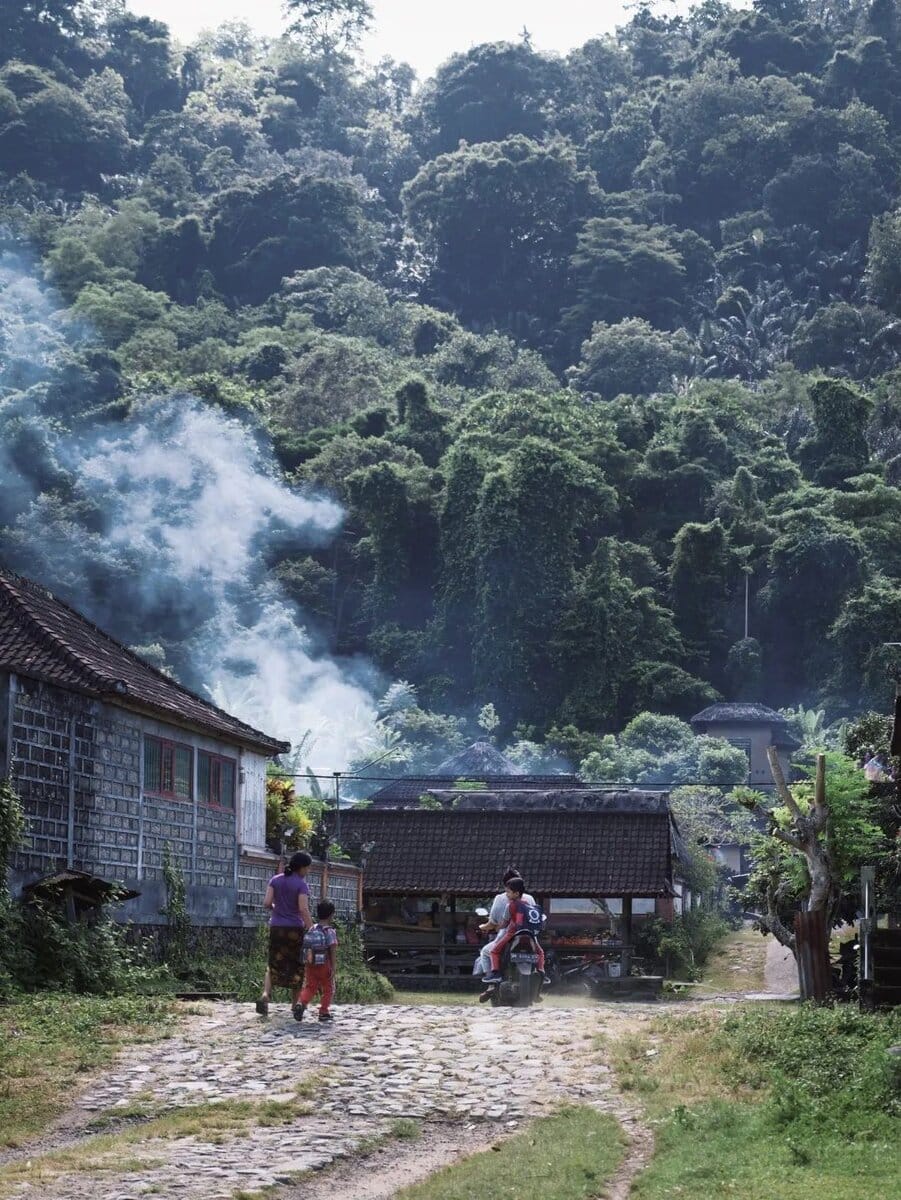


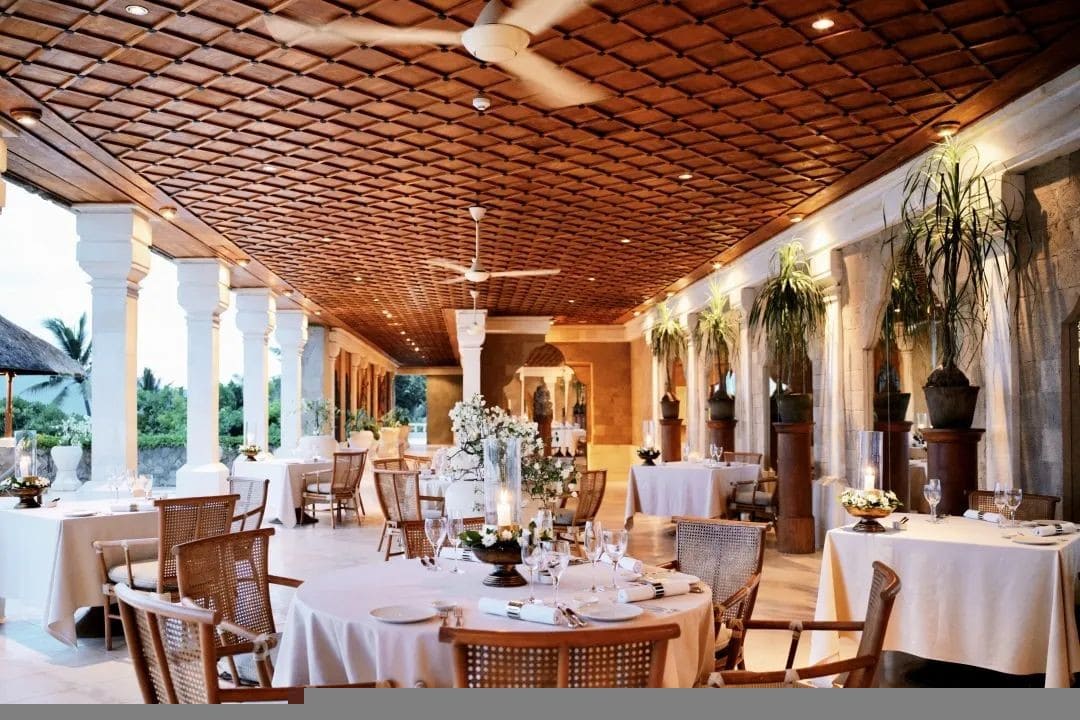
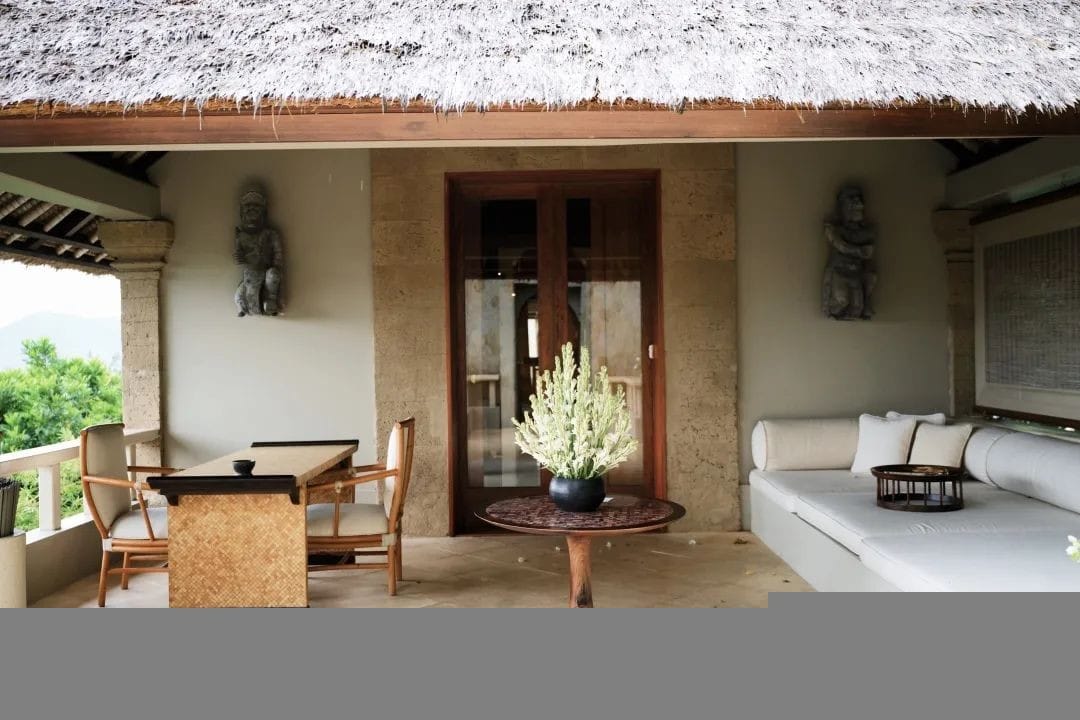
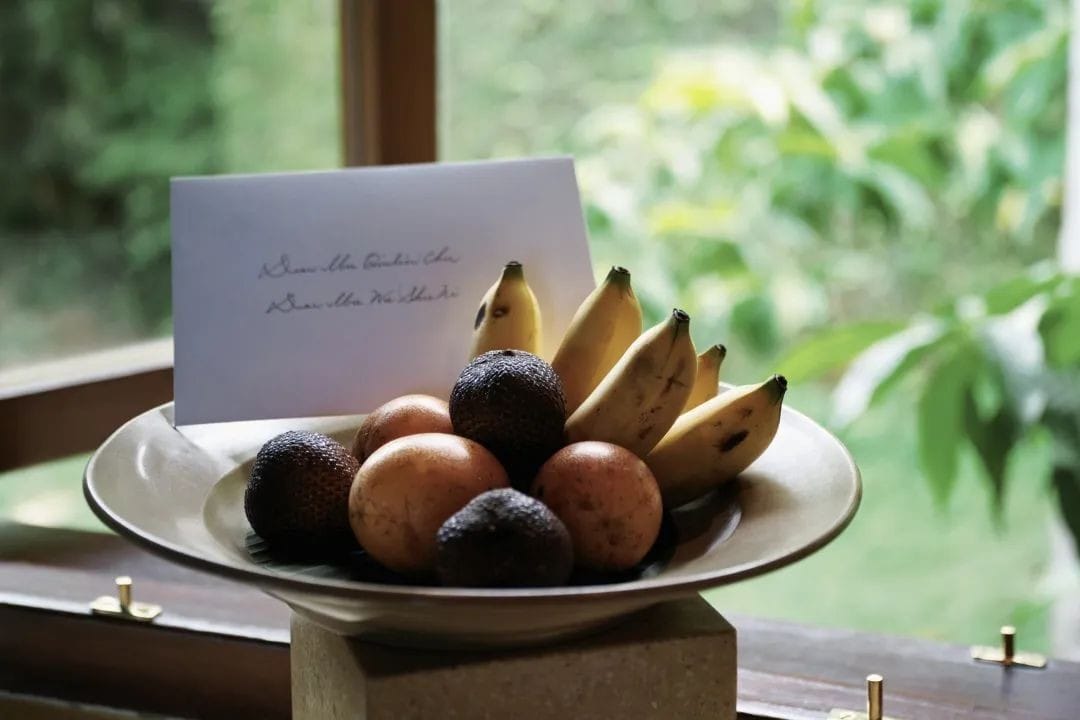
On a related note, Aman takes guest privacy seriously. Several times we wanted to use a drone to photograph the pool, but the staff had to stop us because there were guests in the pool. After all, guests at Aman are usually people of status.
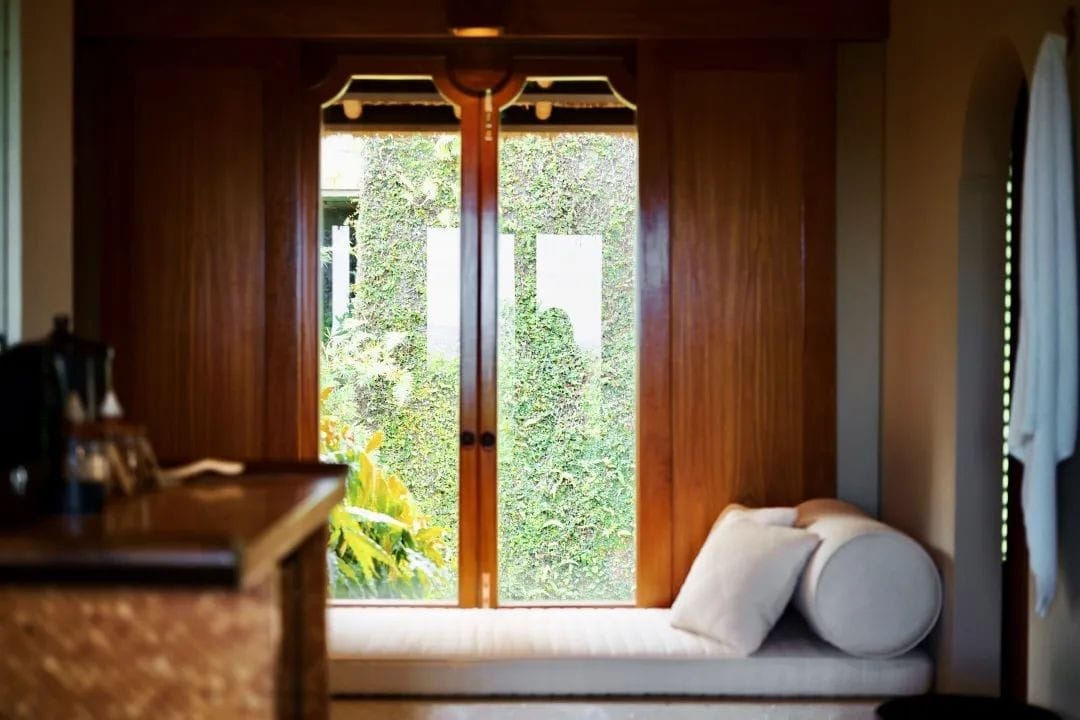
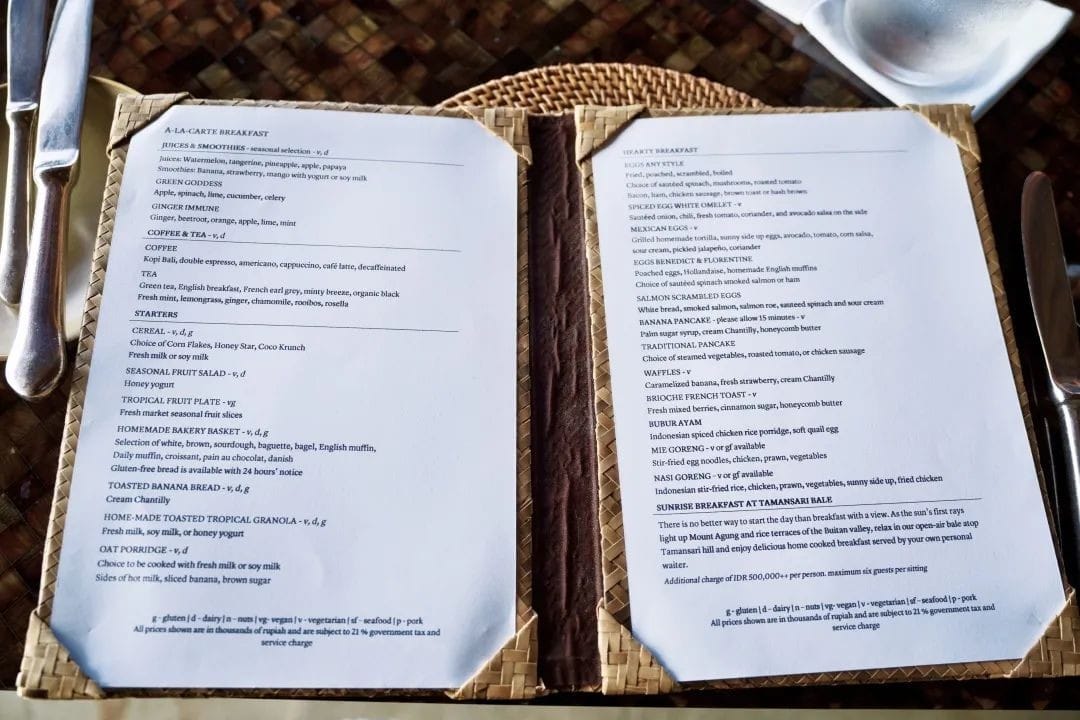
Image @AMAN
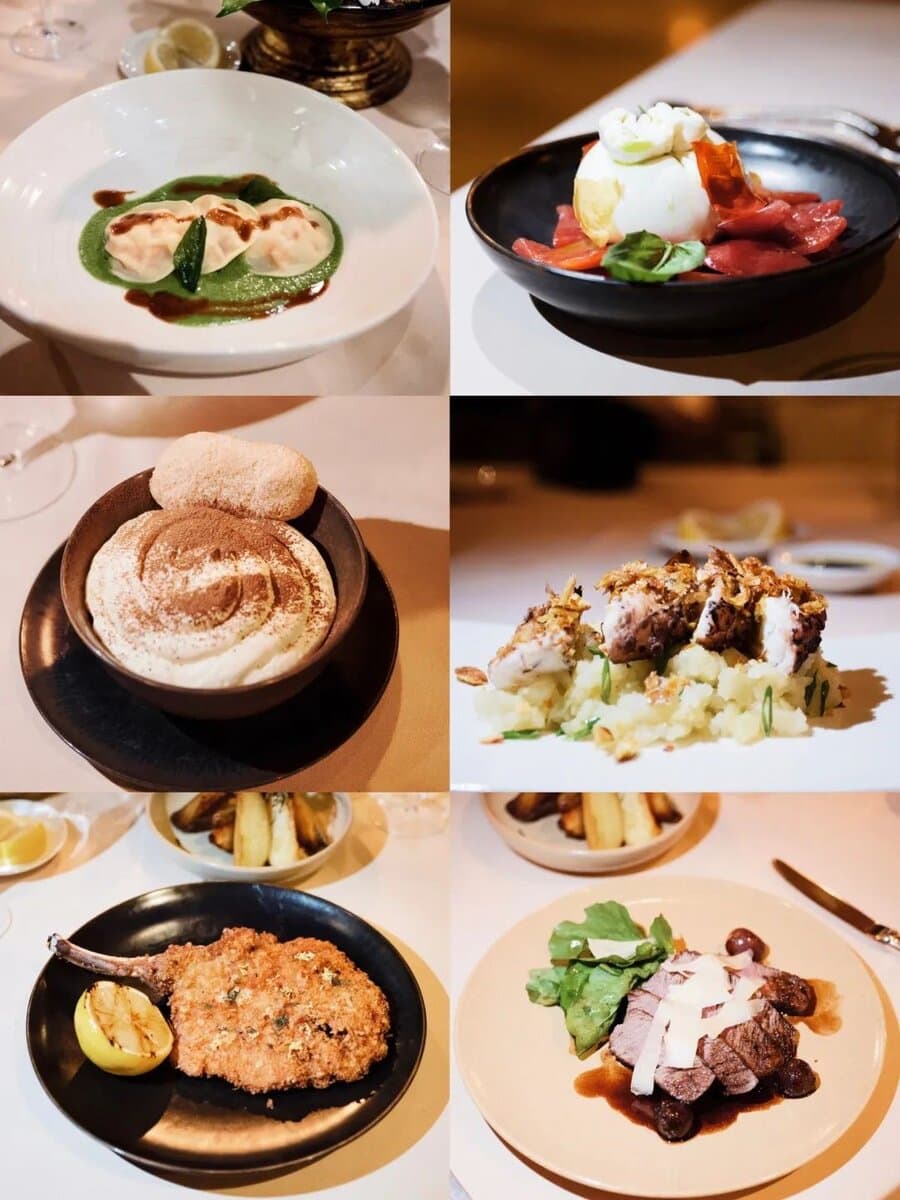

If you take the pool as a central axis, you’ll find this Aman embodies a certain symmetry.
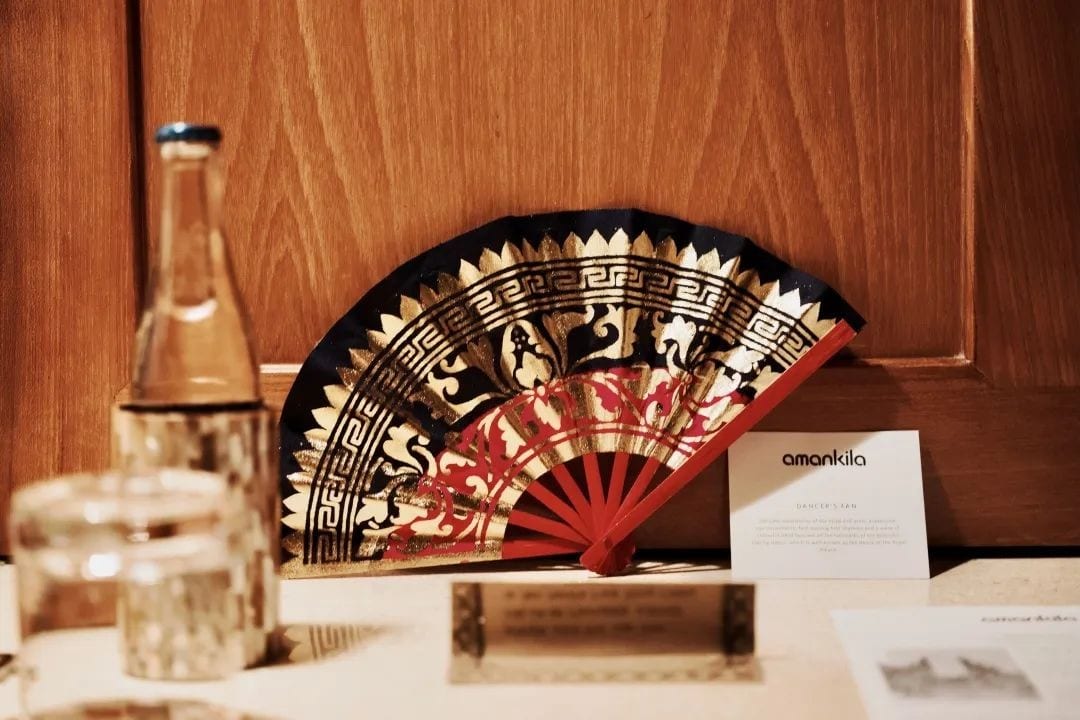
At the very top is an open-air lobby, a mere temporary rest spot; the actual check-in is completed in your room.
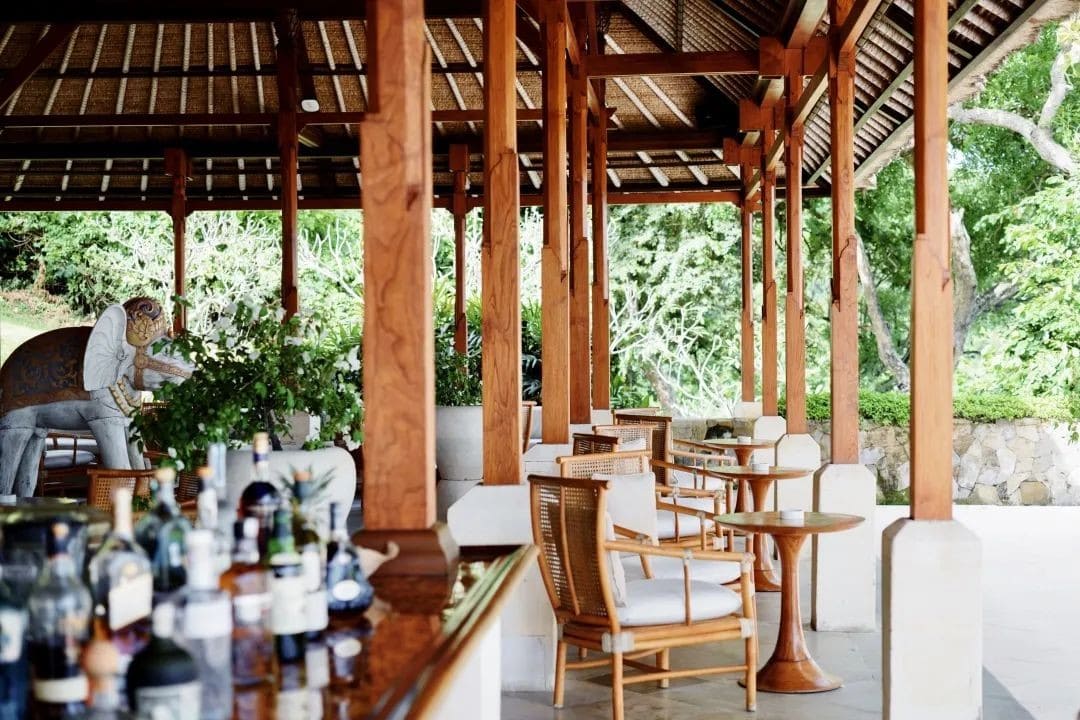

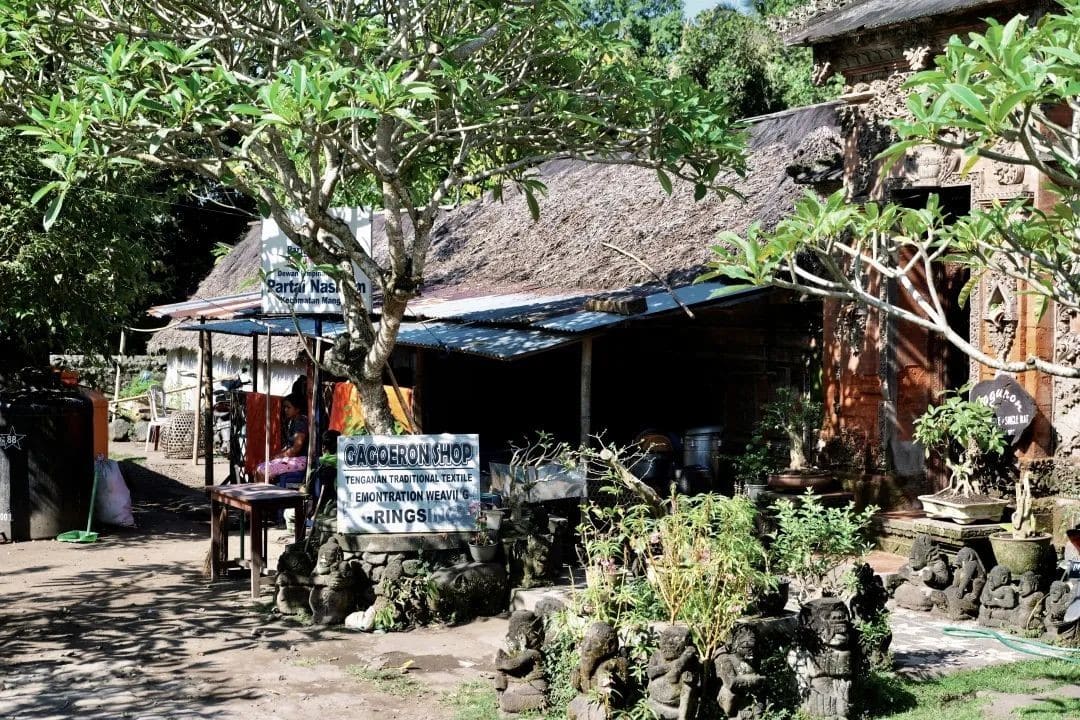
When we checked in, there was a welcome ceremony, with two staff members showering us with flower petals and presenting us with locally-crafted floral art, a full sense of ritual.
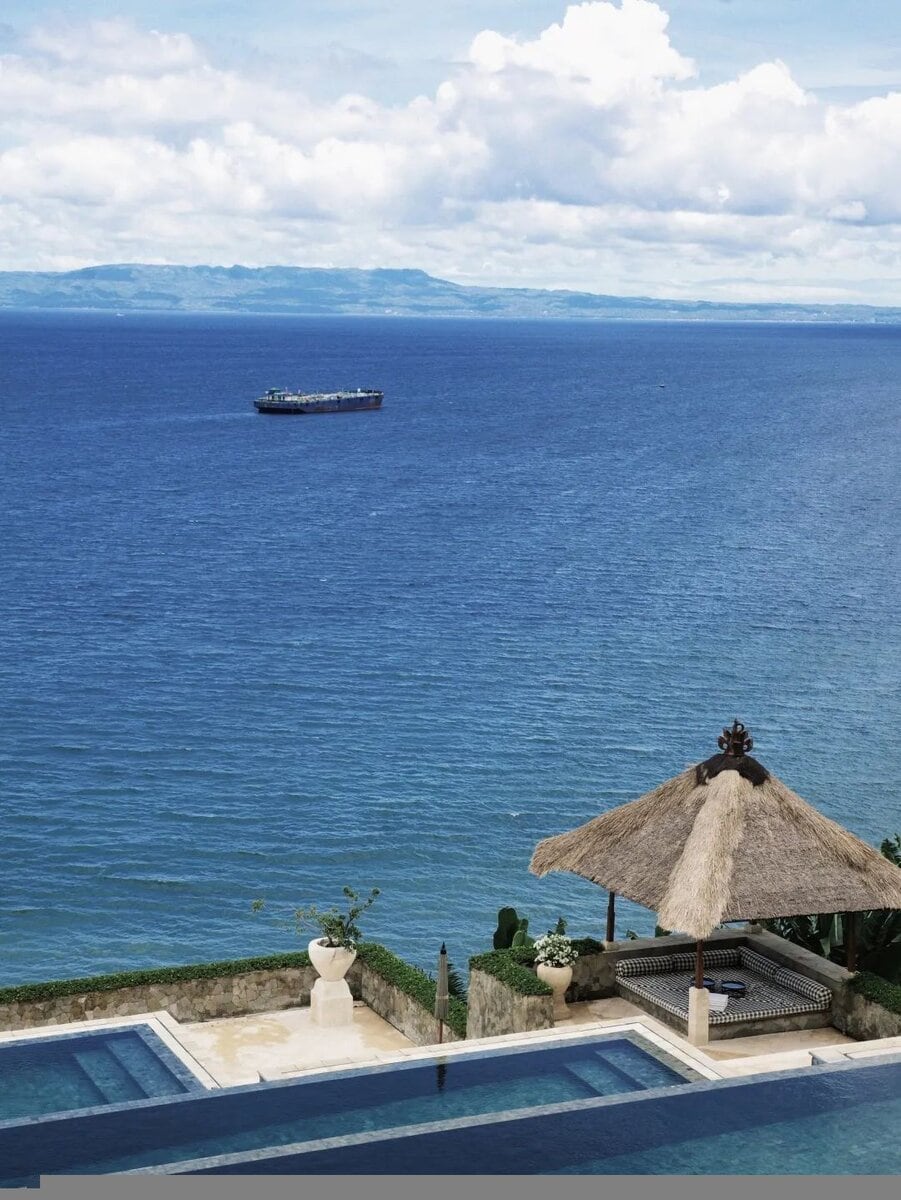
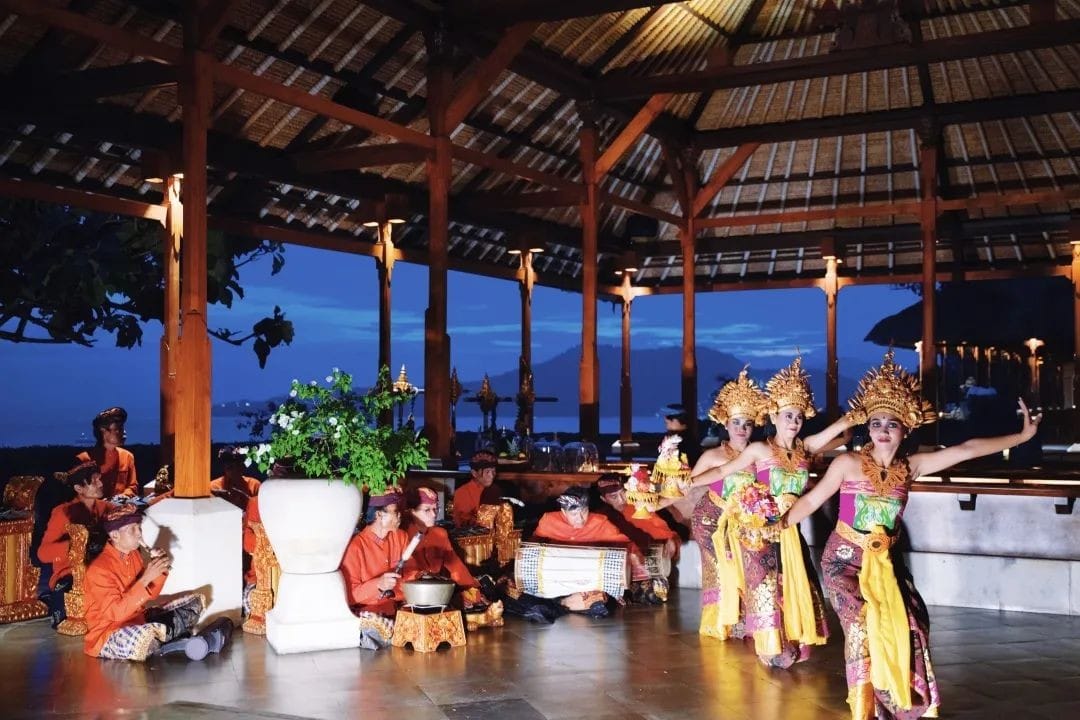
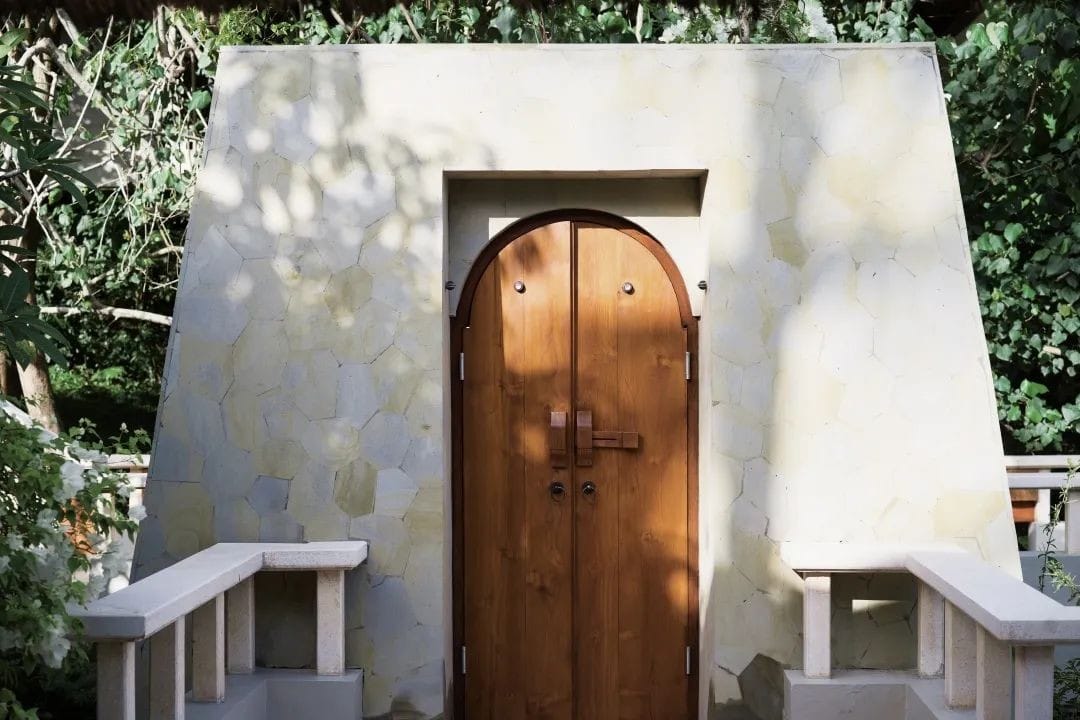
Heading down from the lobby, on the left is Aman’s bar, featuring local dance performances in the evening and complimentary traditional afternoon tea.
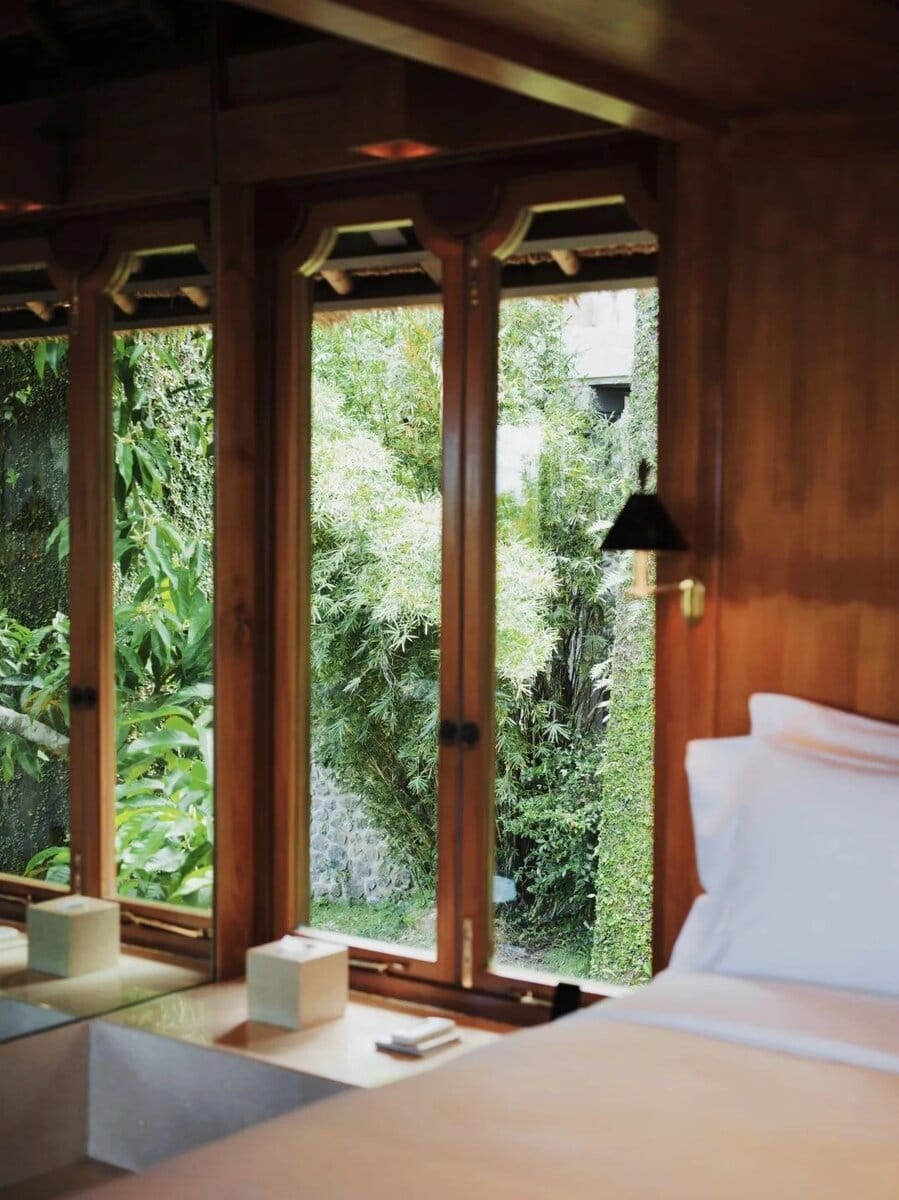
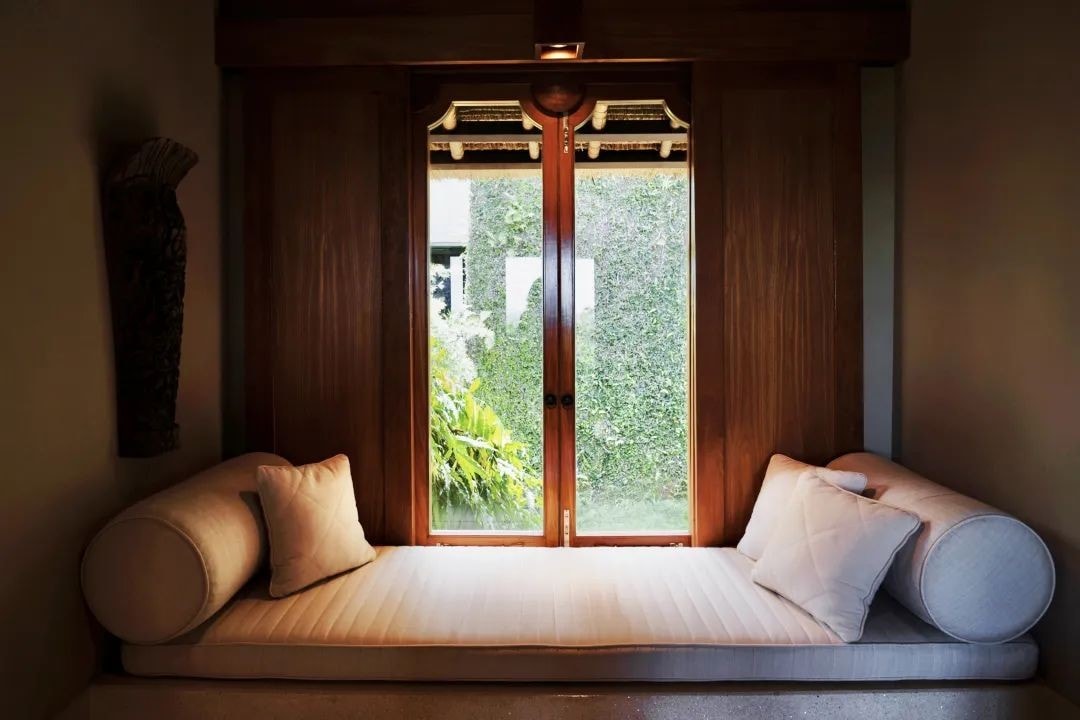
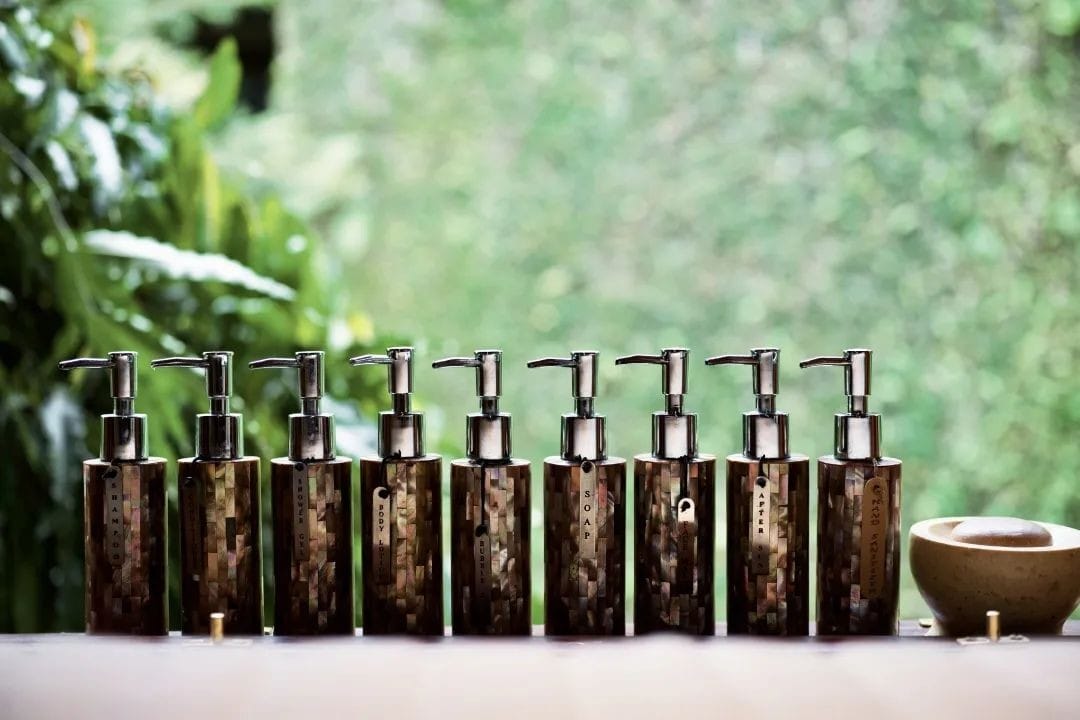
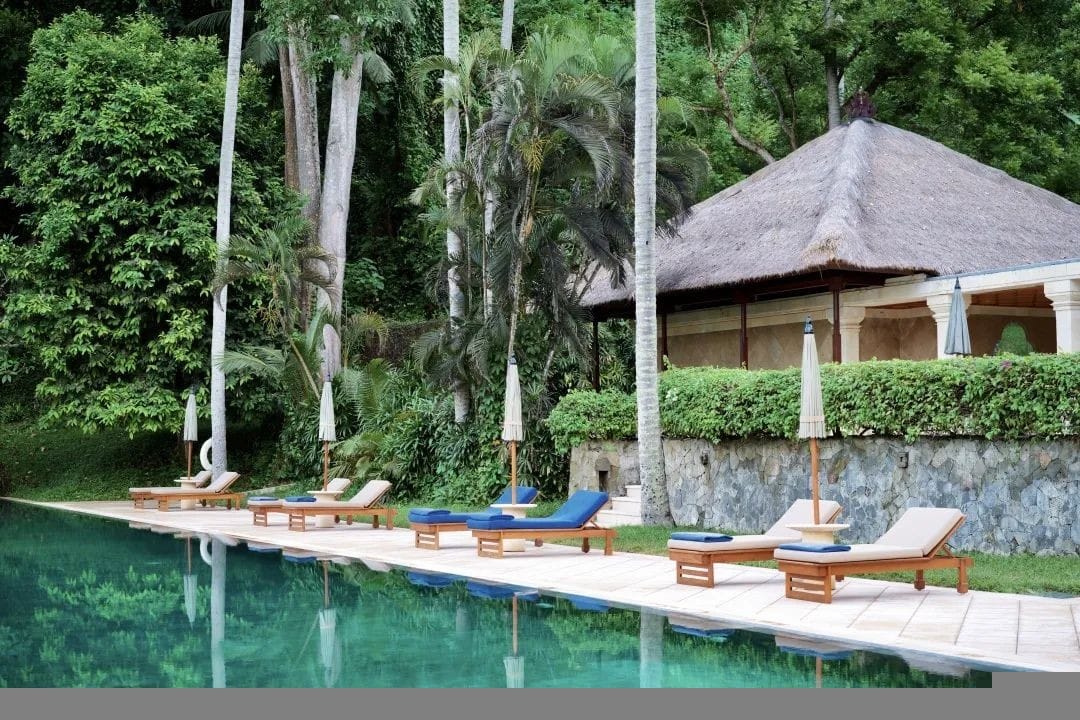
On the right is the main restaurant where breakfast is served, extending further to Aman’s kitchen classroom and boutique.

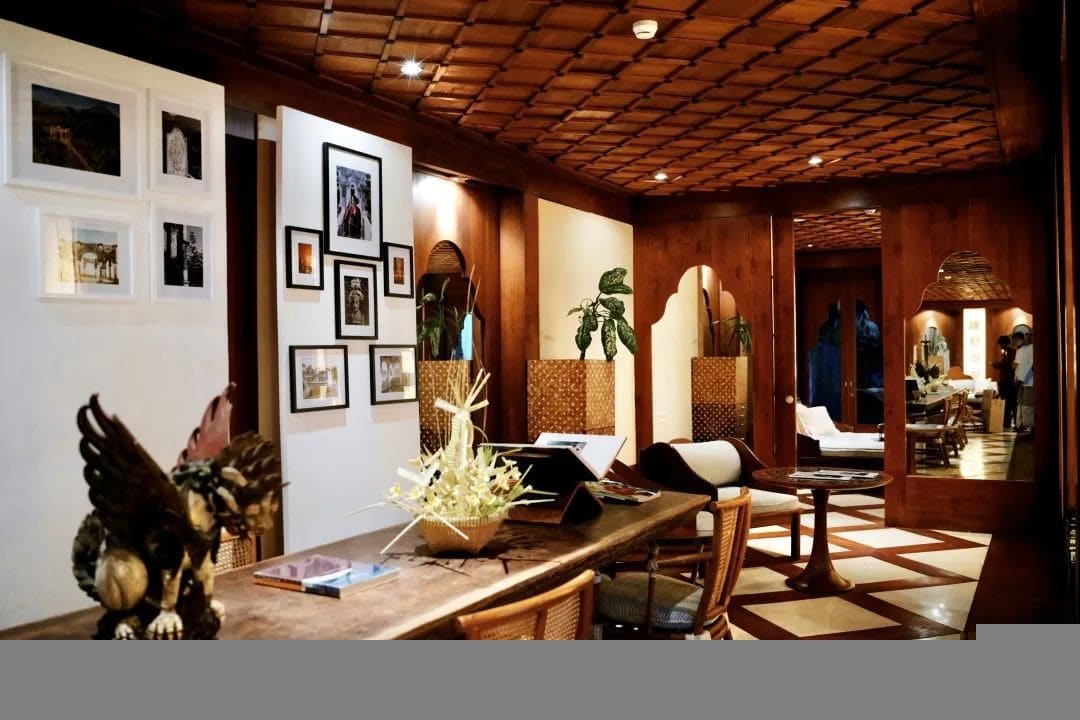

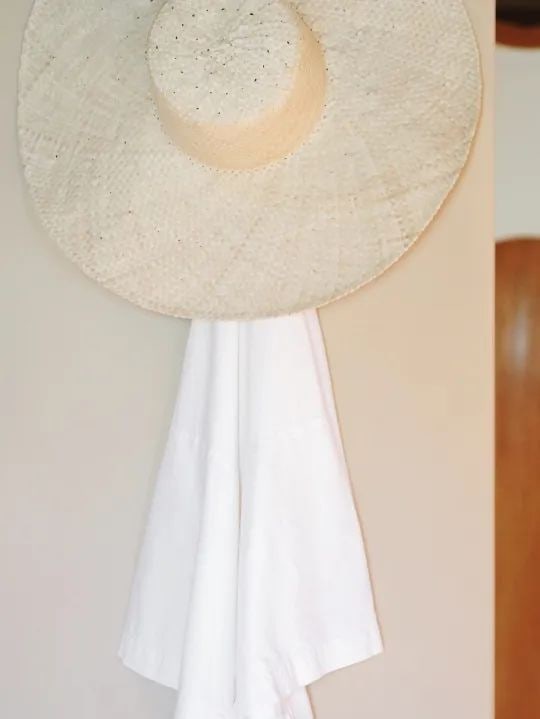
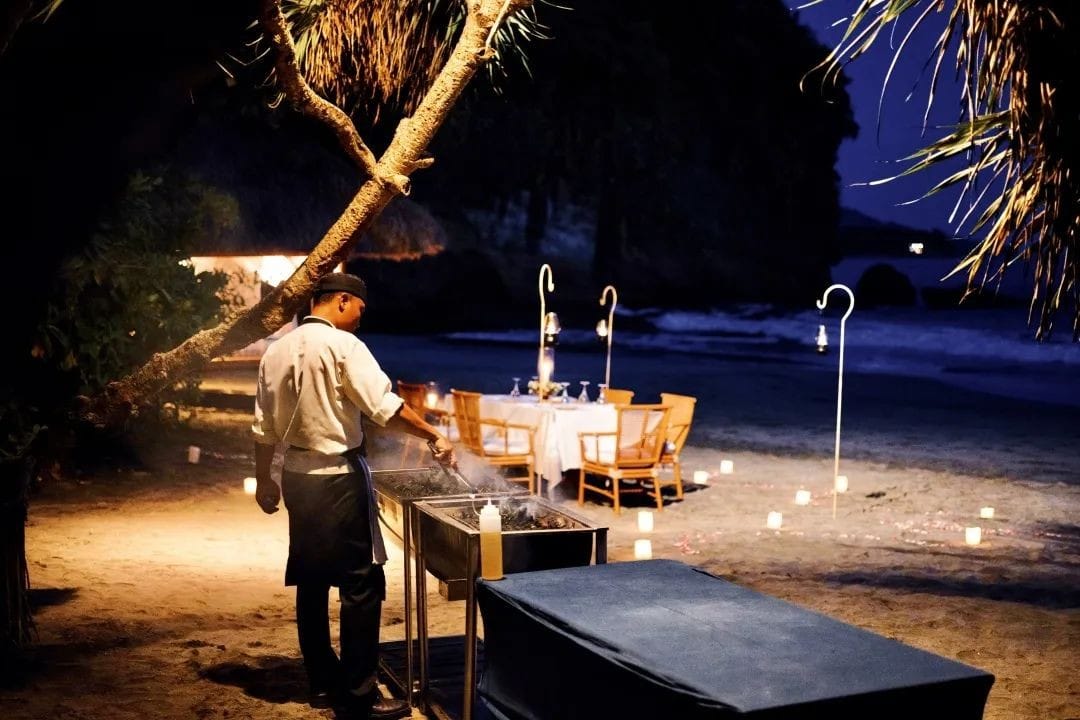
Continuing to the pool level, the left side hosts a library and cinema, where there happened to be a local artist’s photography exhibition during our stay.
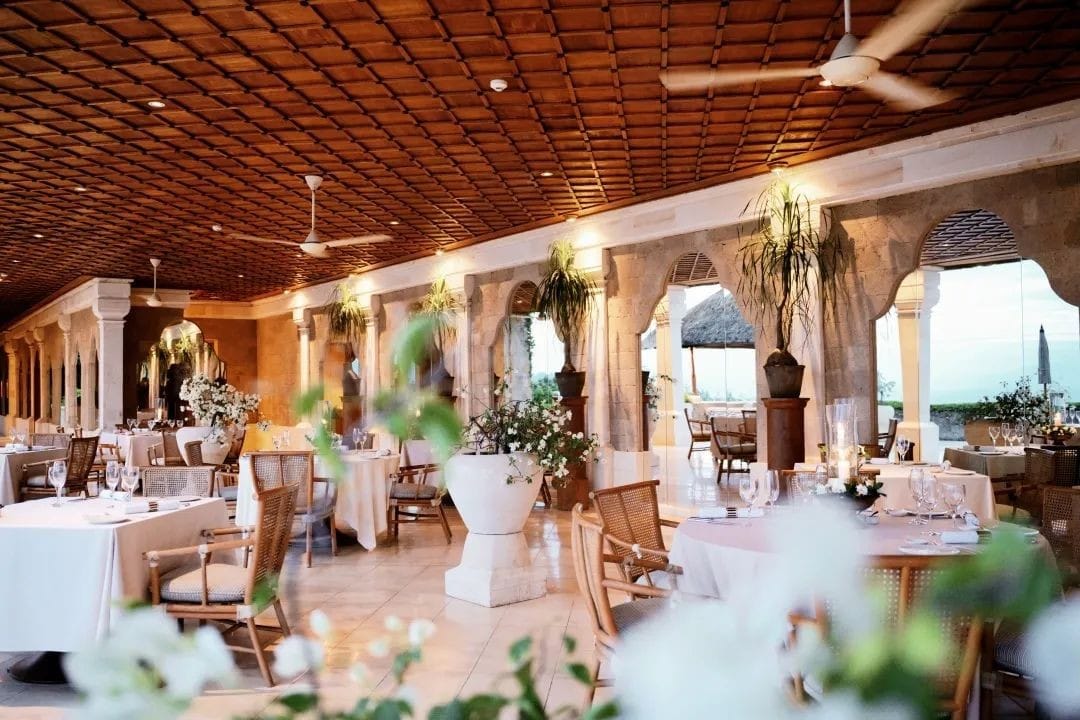
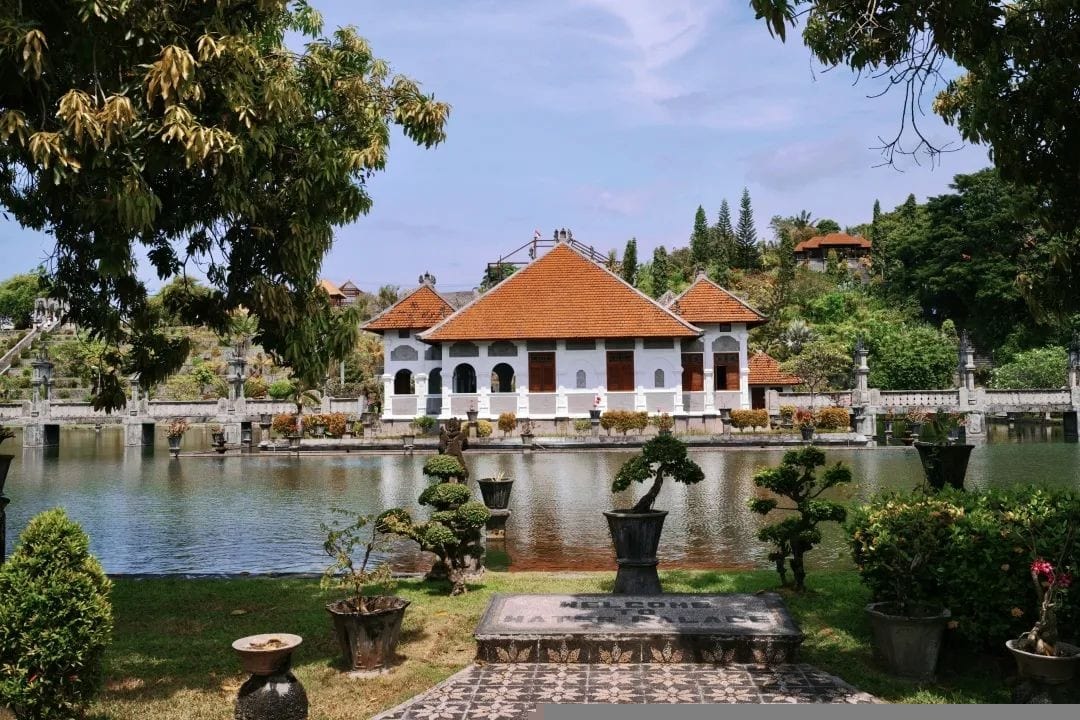
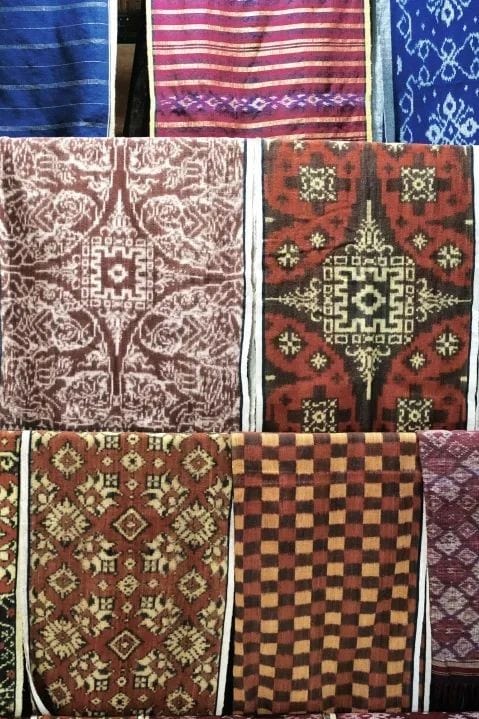
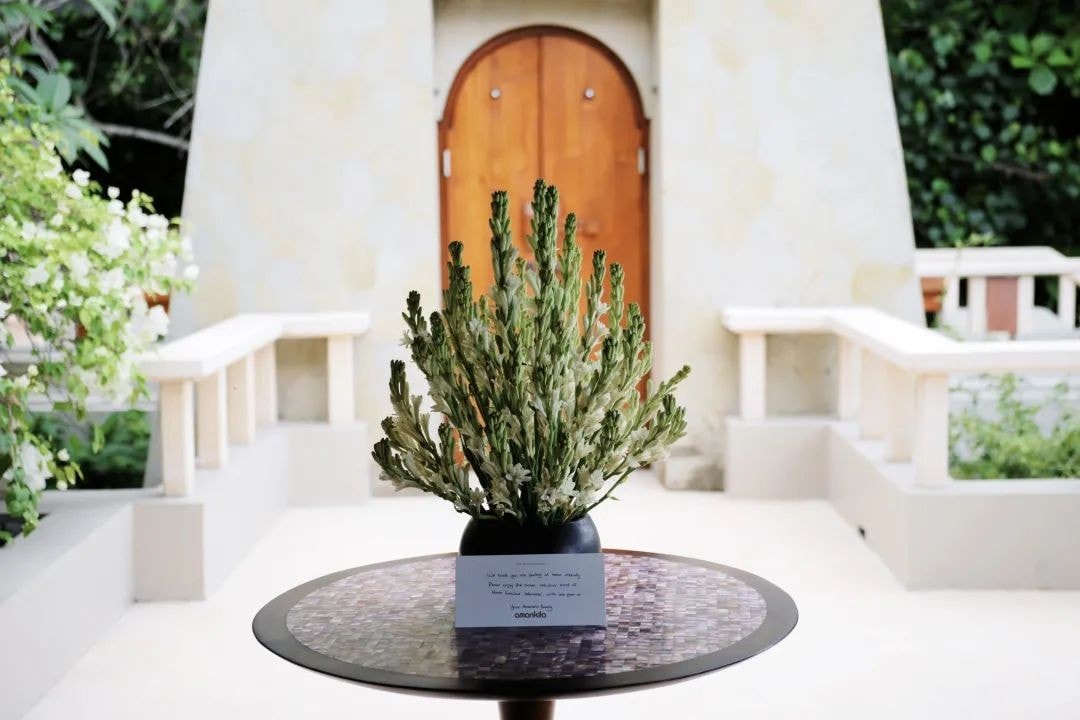
The right side features the authentic Italian restaurant, Terrace.
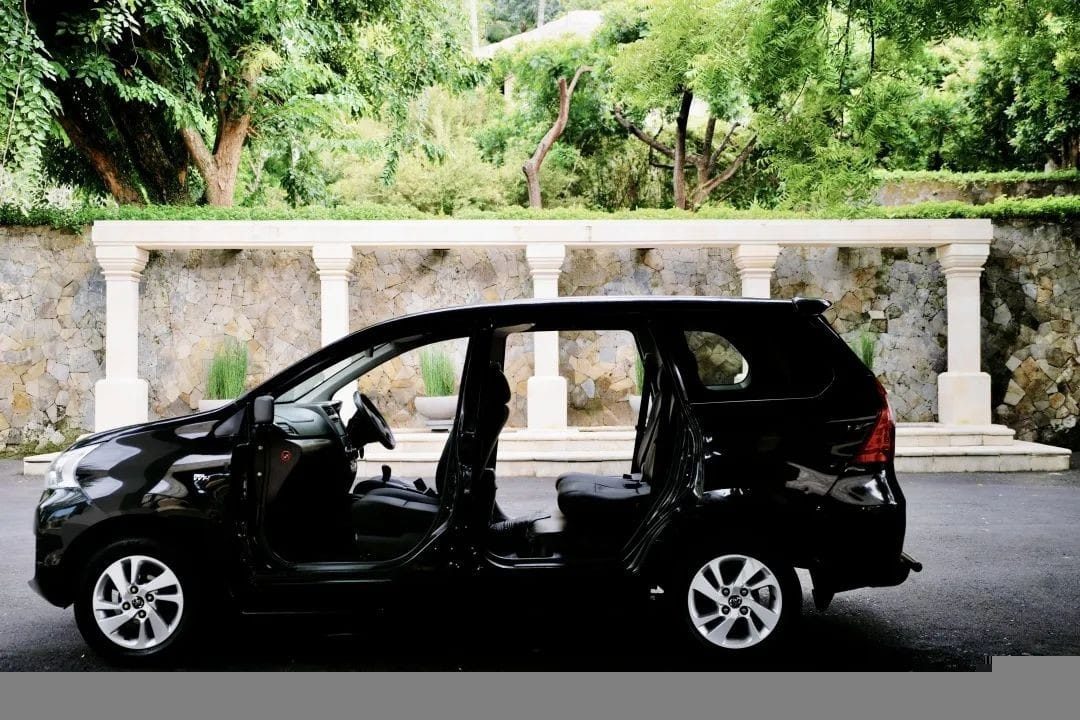
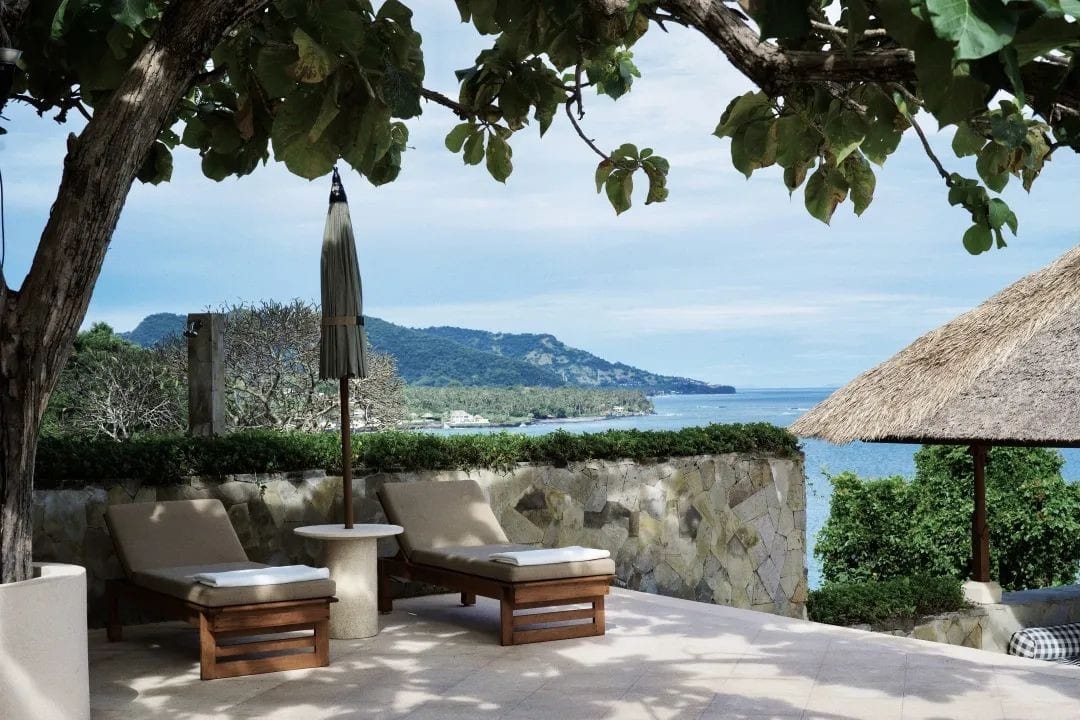
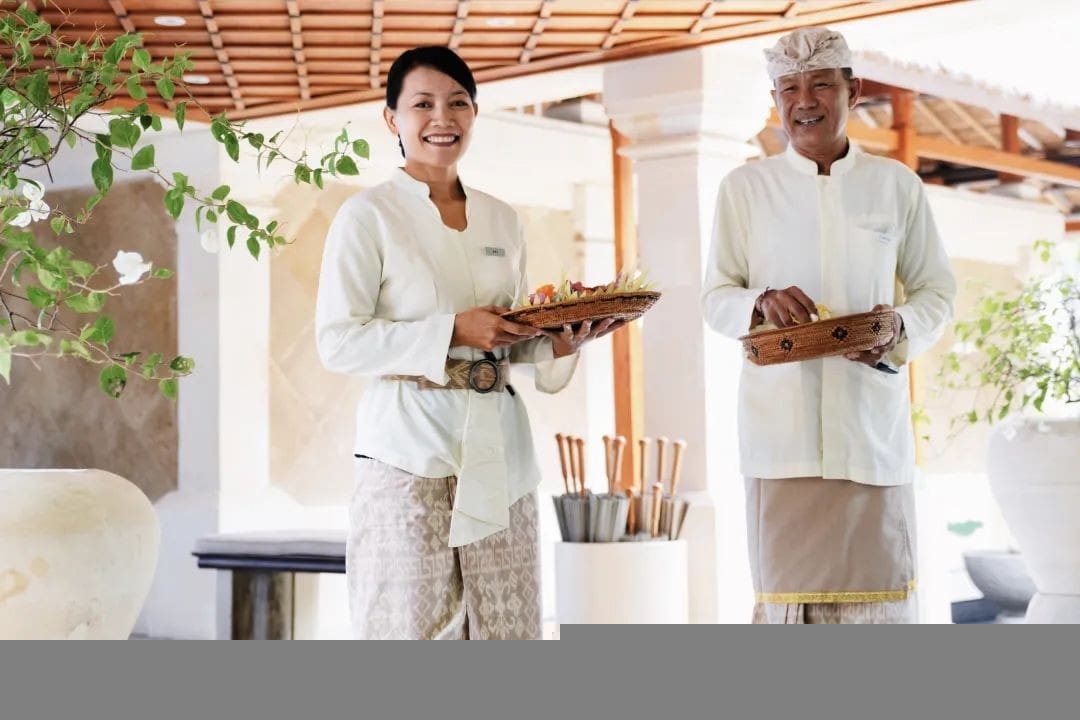
Roaming around this Aman evokes a sense of an elegant, decaying Rome. The open-air, high-ceiling terrazzo and wooden structures make one feel particularly small in comparison.
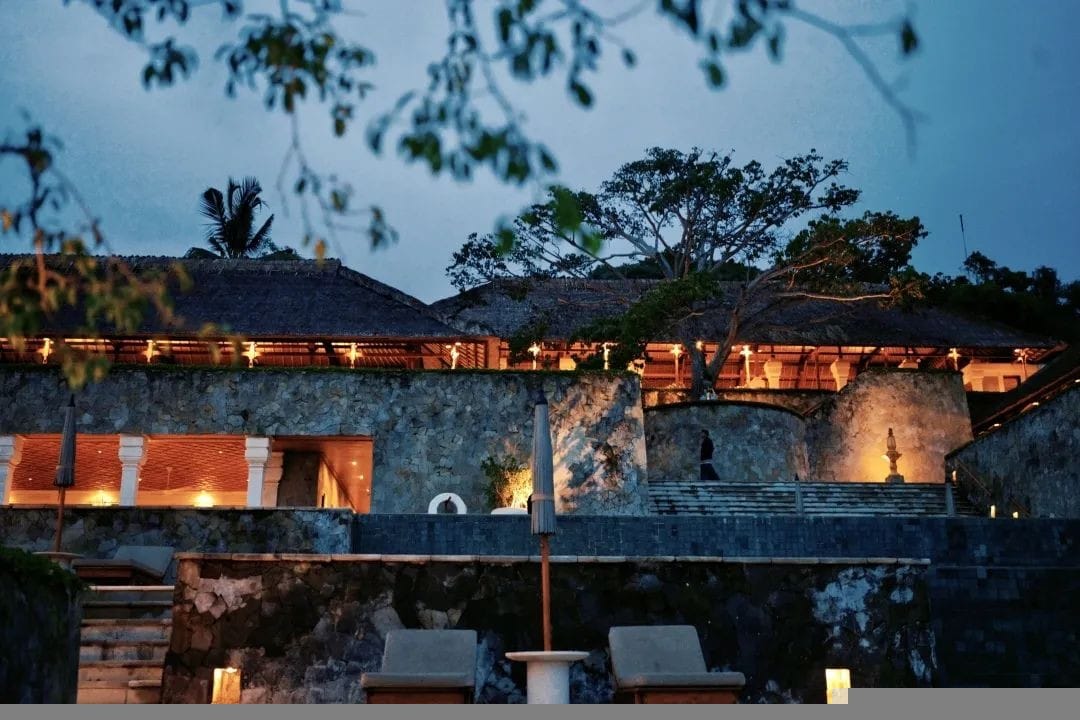
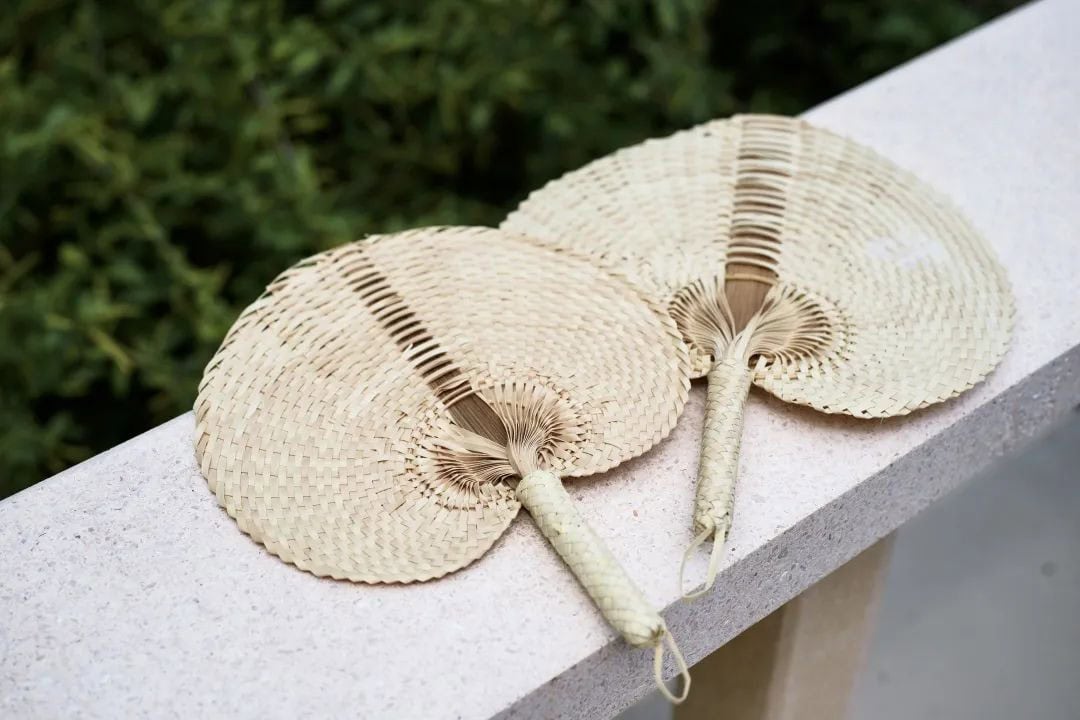
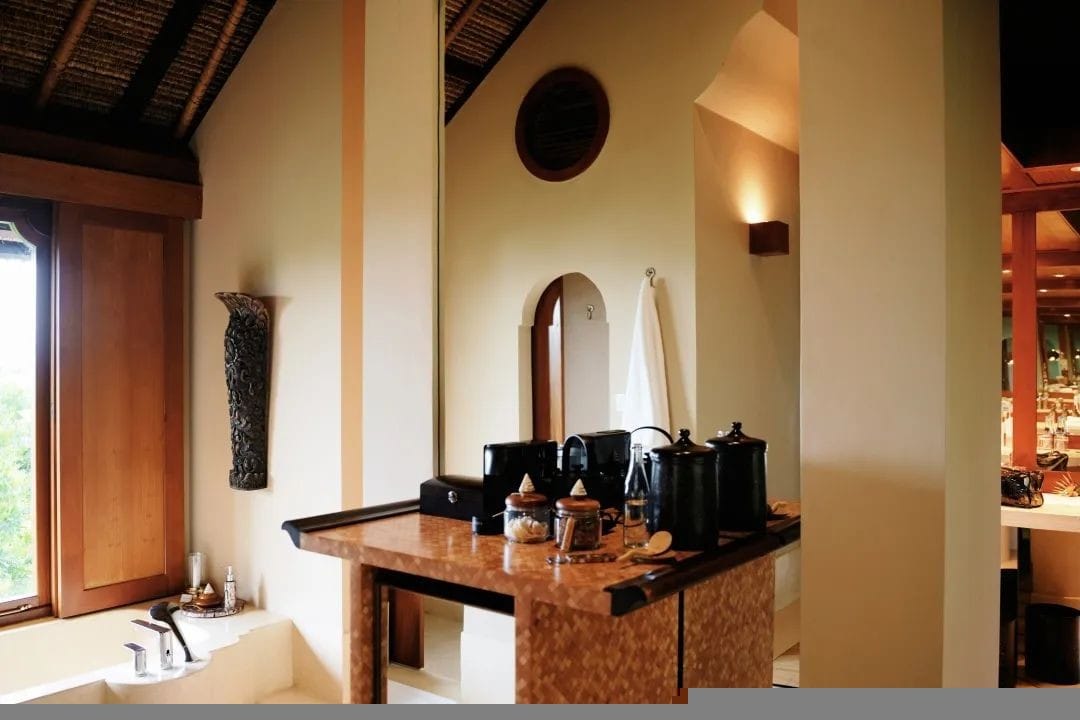
Aman’s 35 suites are all scattered beautifully across the hillside behind, well-separated from the public areas, ensuring both privacy and tranquility. The slight physical exertion of climbing the slope is rewarded with stunning sea views.
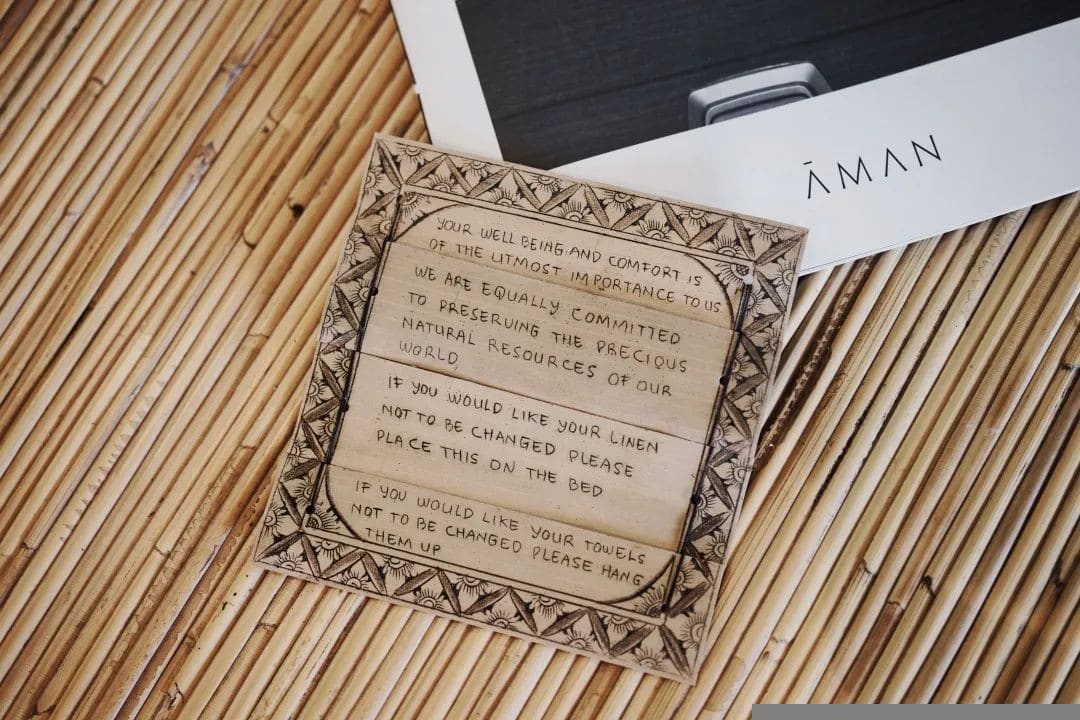

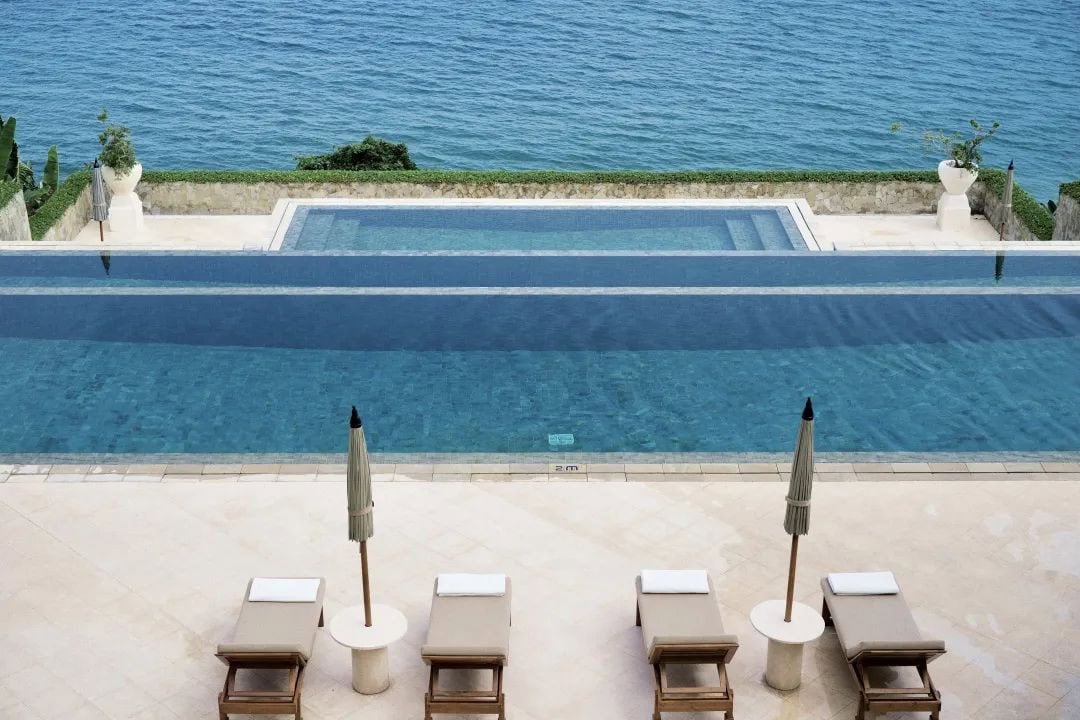
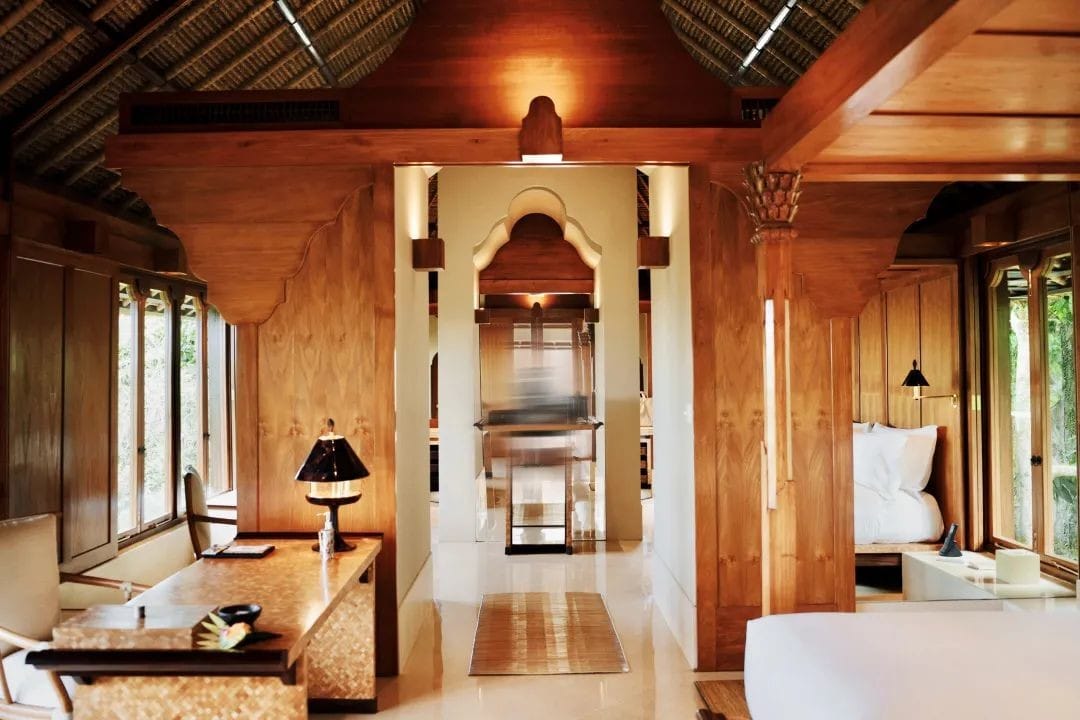
We stayed in an ocean view suite this time, with a terrace right outside the door that offers a panoramic view of the sea. The open-air space features a desk and a sofa bed, thoughtfully equipped with two palm fans.
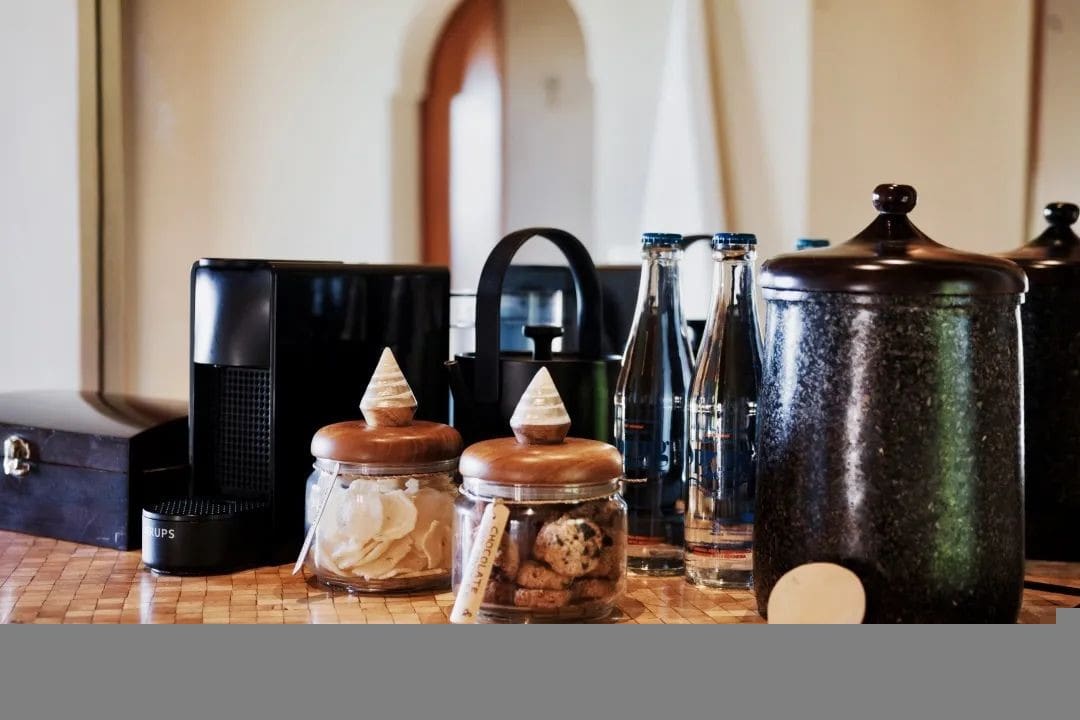
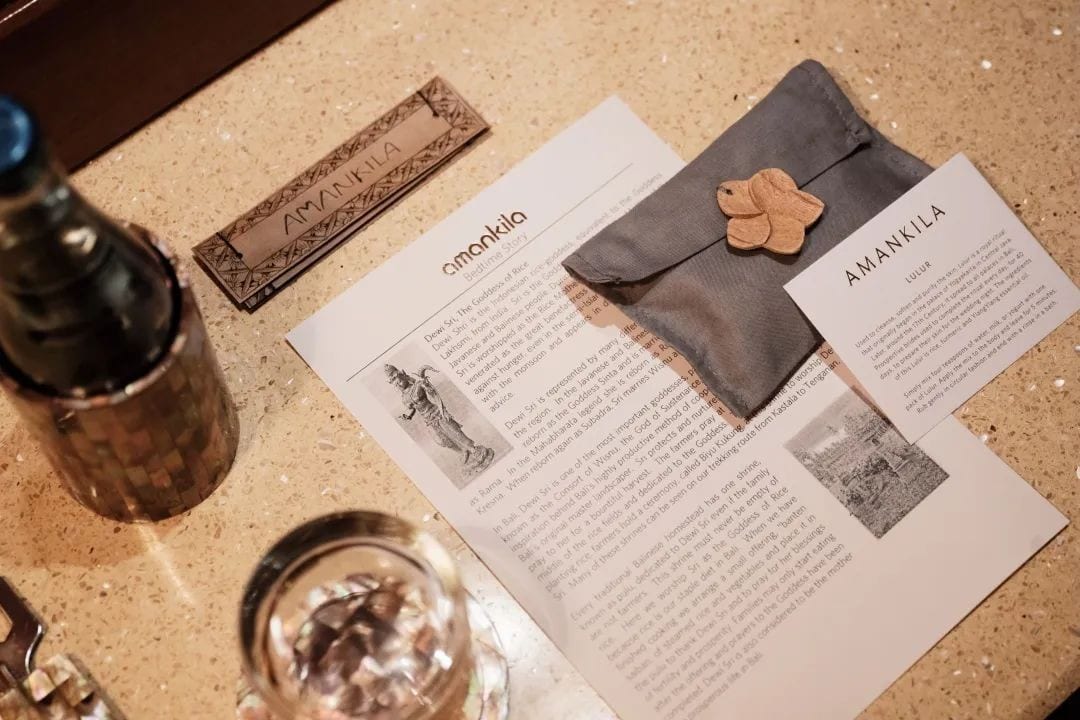
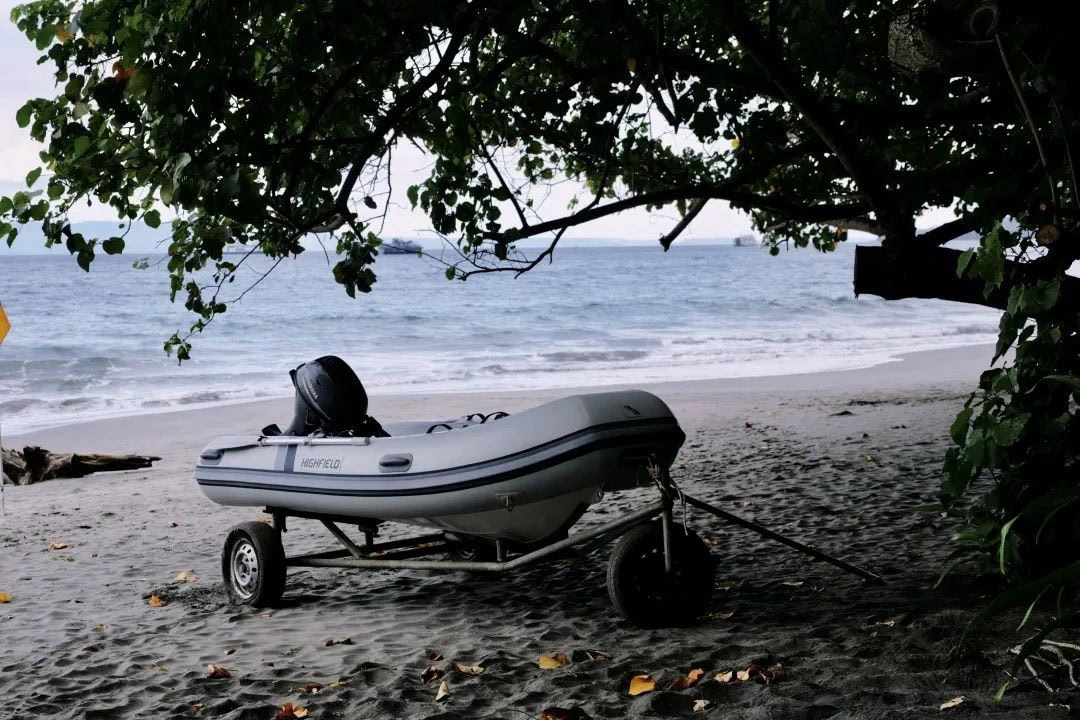
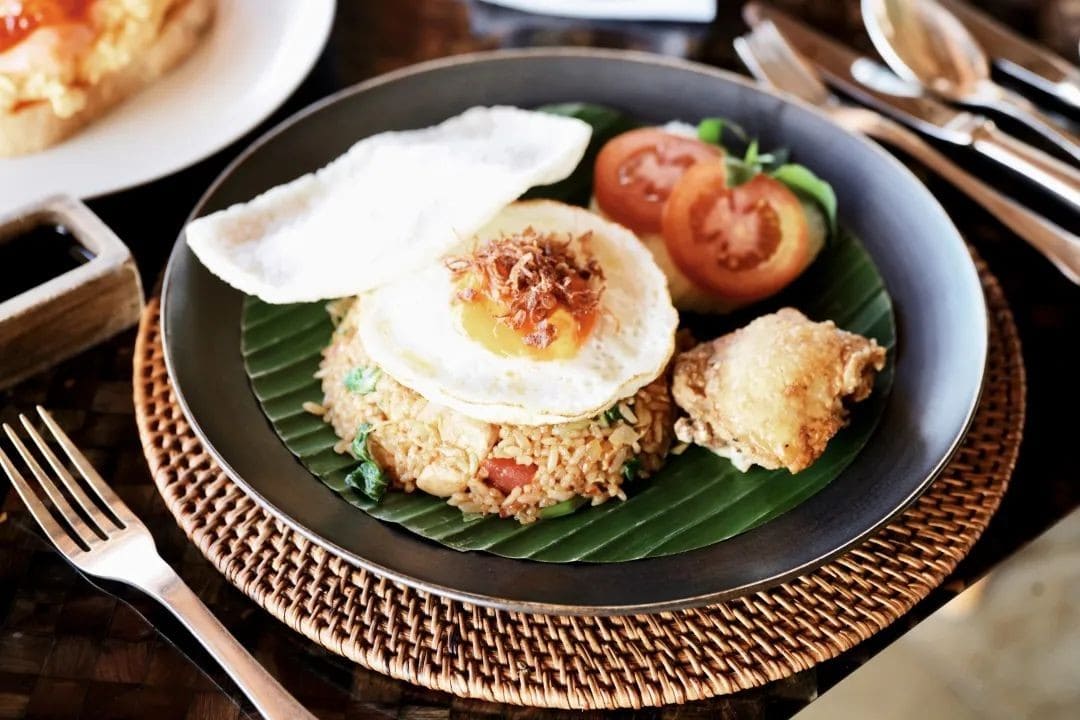
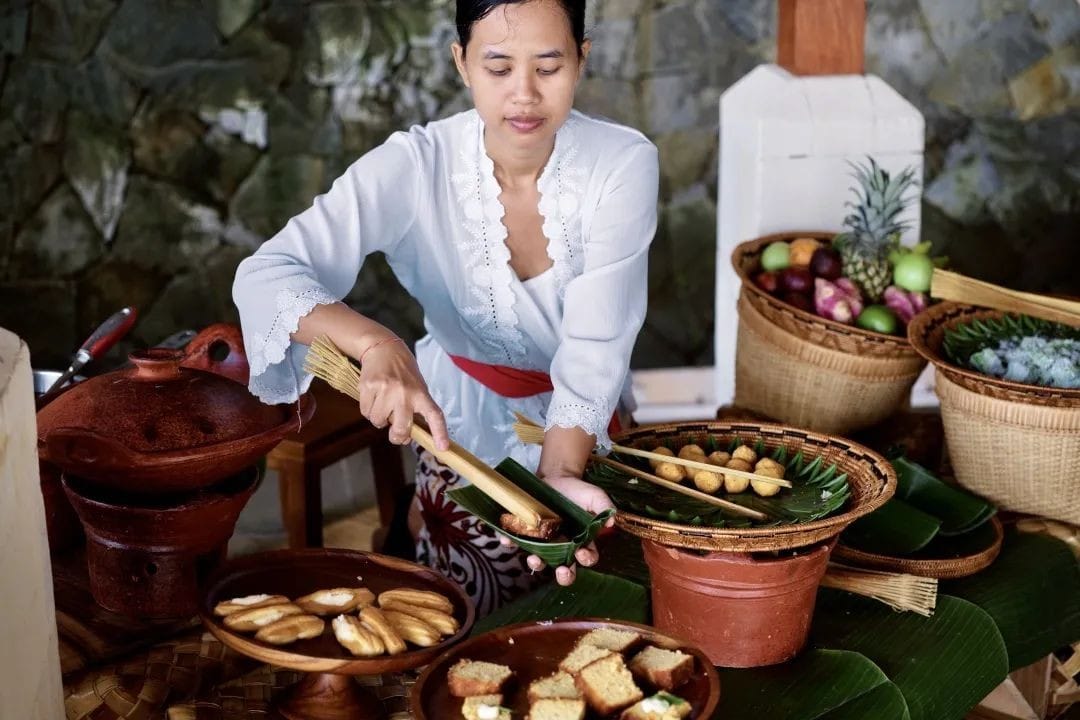
For all ocean view rooms, the keys are adorned with wooden carvings of koi fish. On the sofa bed, there’s a larger wooden koi carving that, when hung on the door, signals “Do Not Disturb.”
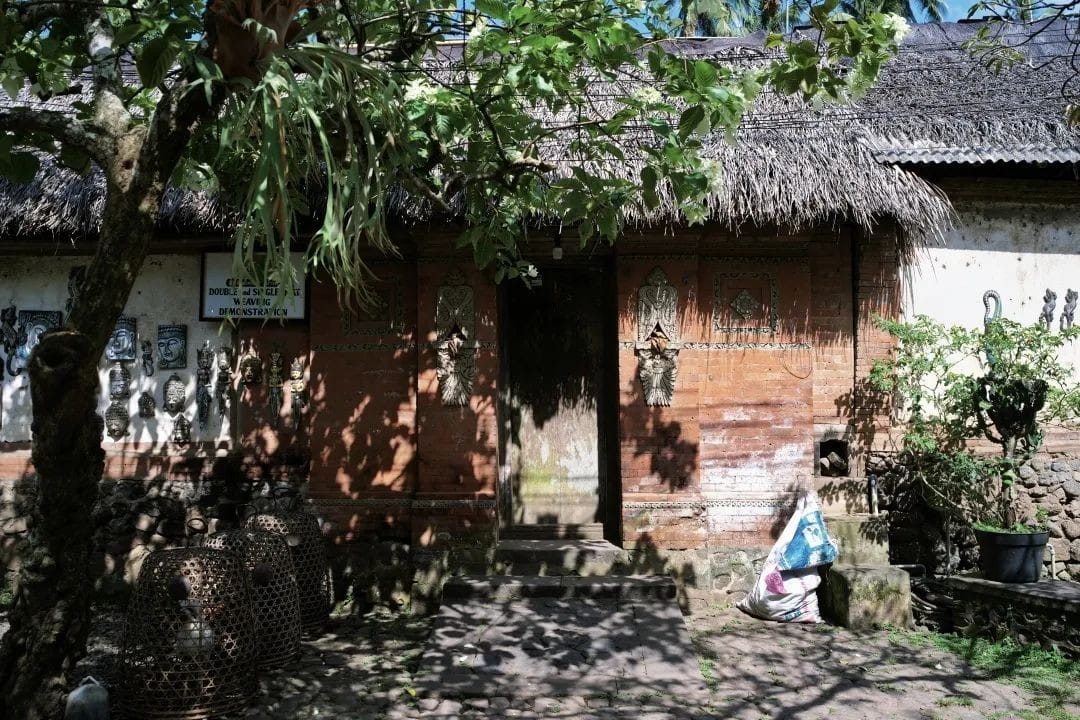
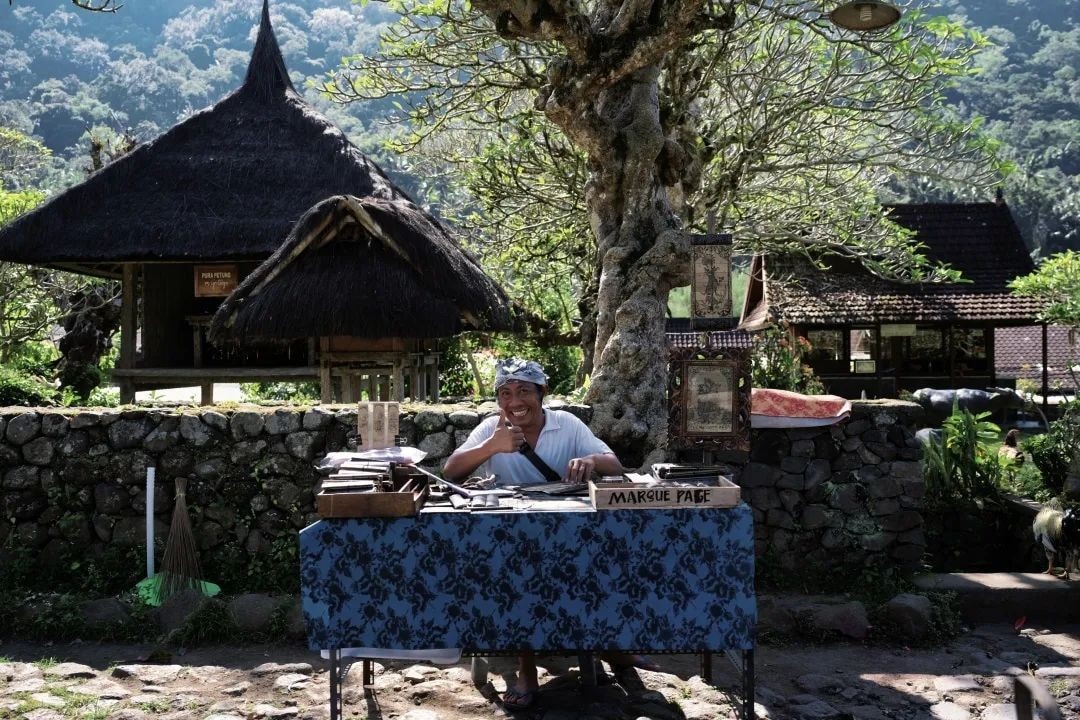
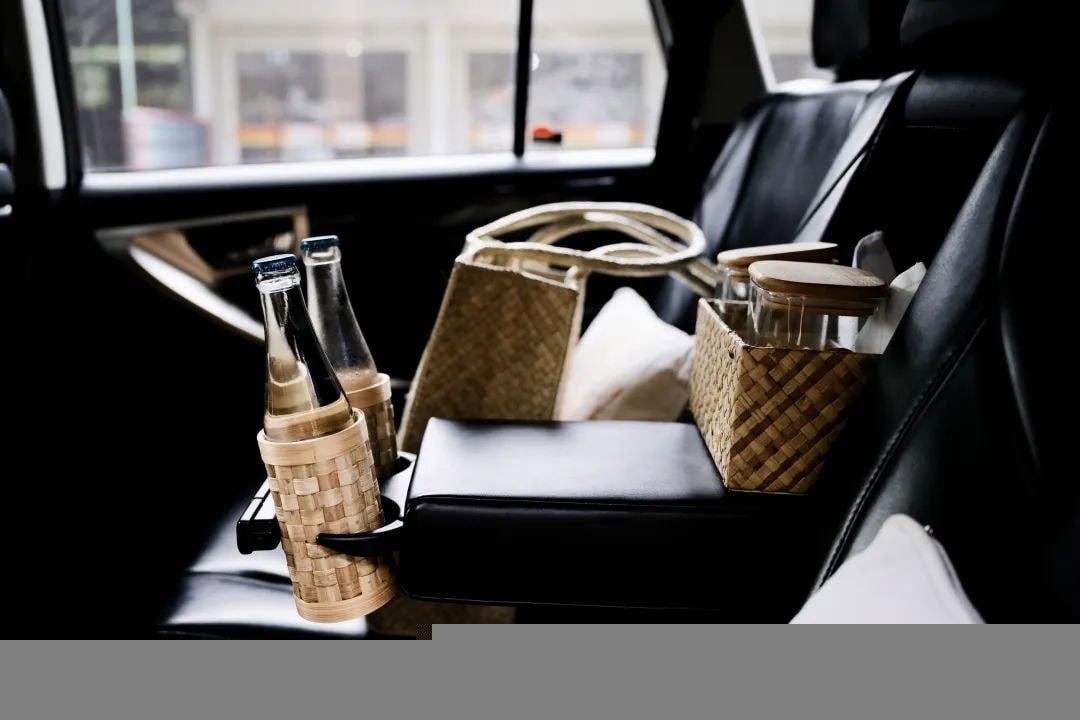
Aman’s umbrellas are also exquisite, made of bamboo and paper, faintly reminiscent of the umbrellas in Jiangnan.
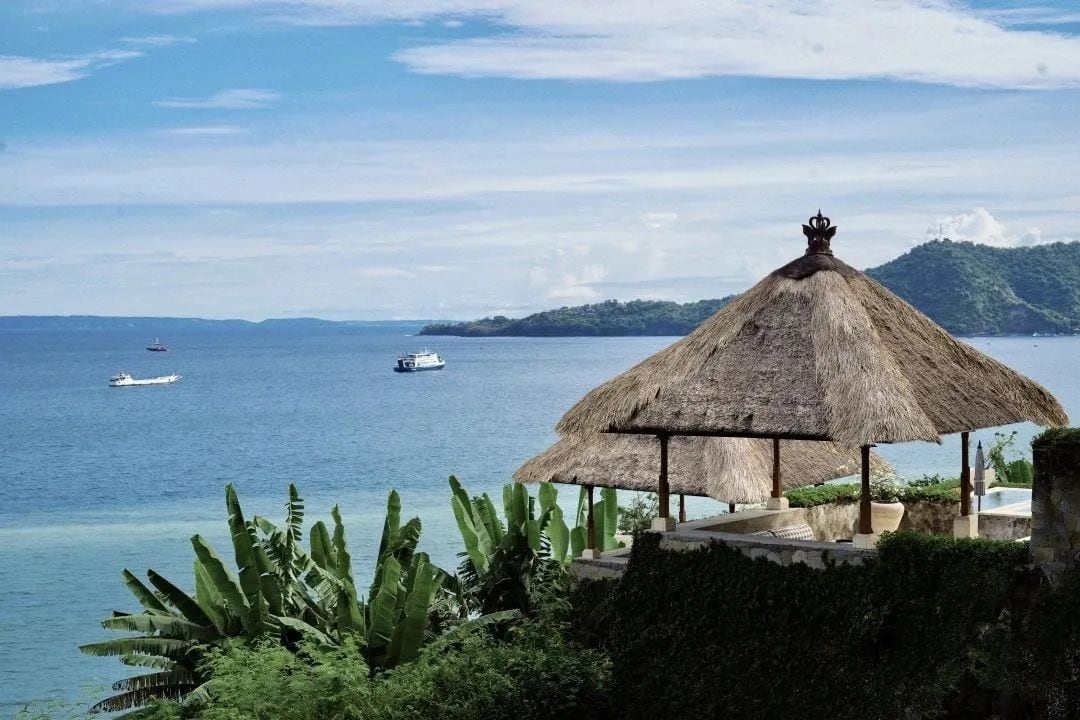
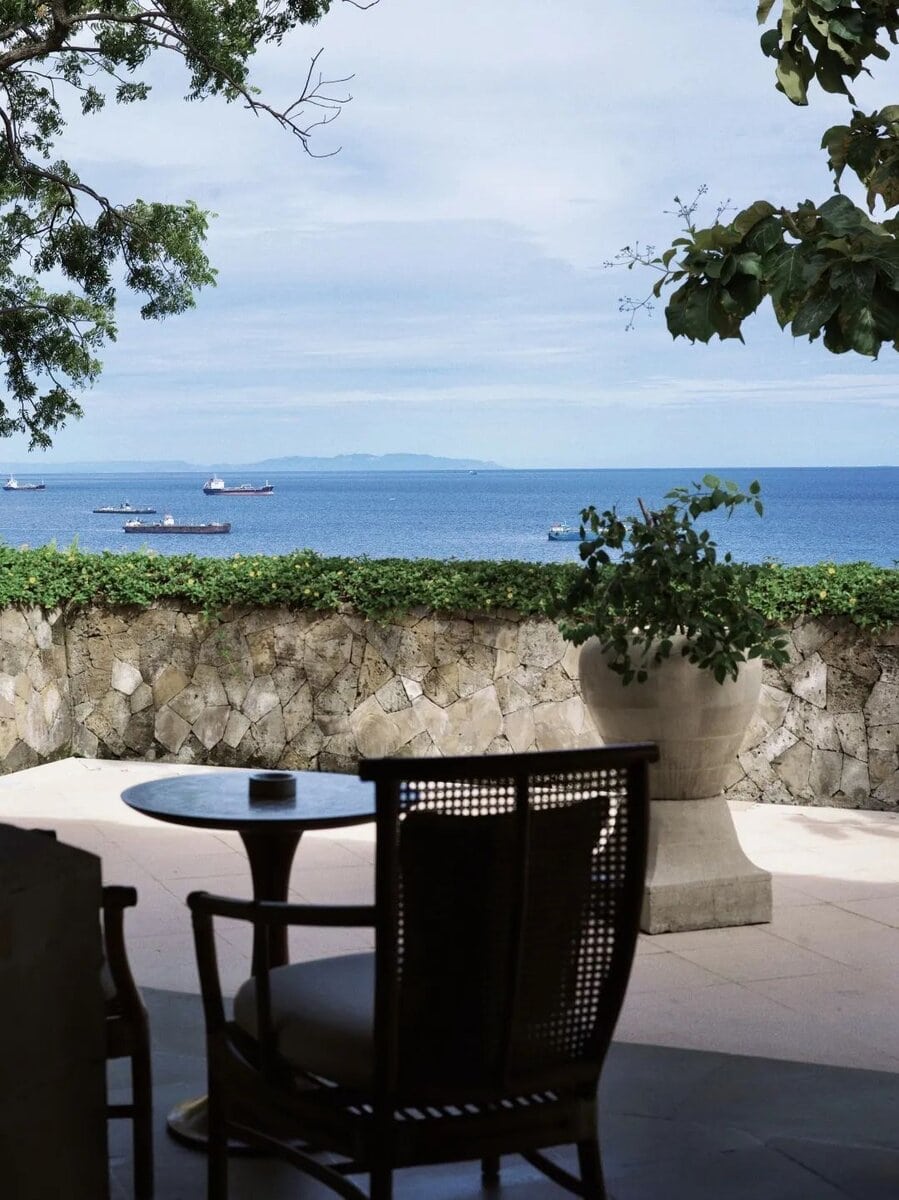
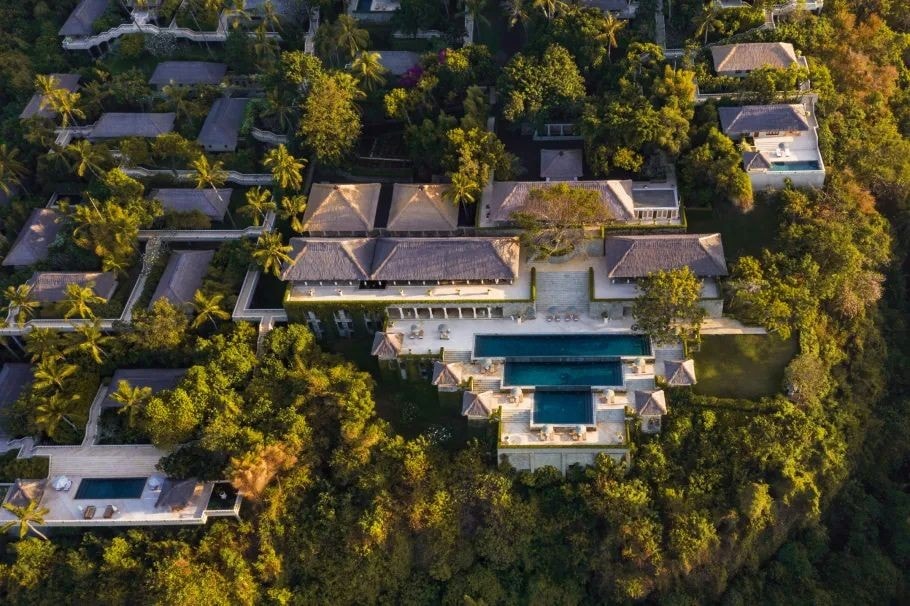
The room adheres to symmetry aesthetics. Looking in from the entrance, layers of “three-section” wooden hues greet the eye. The view outside the window splits equally between the deep blue sea and the lush green forest.
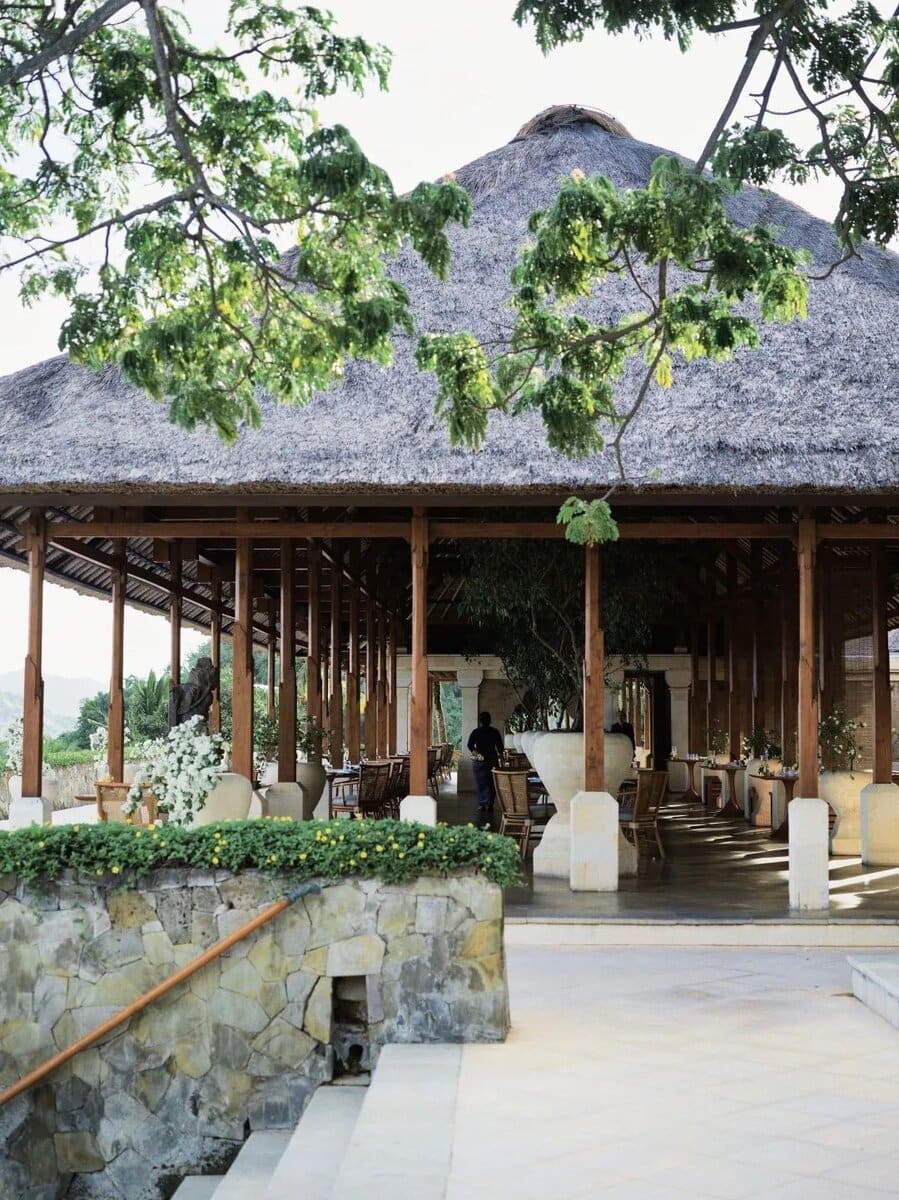
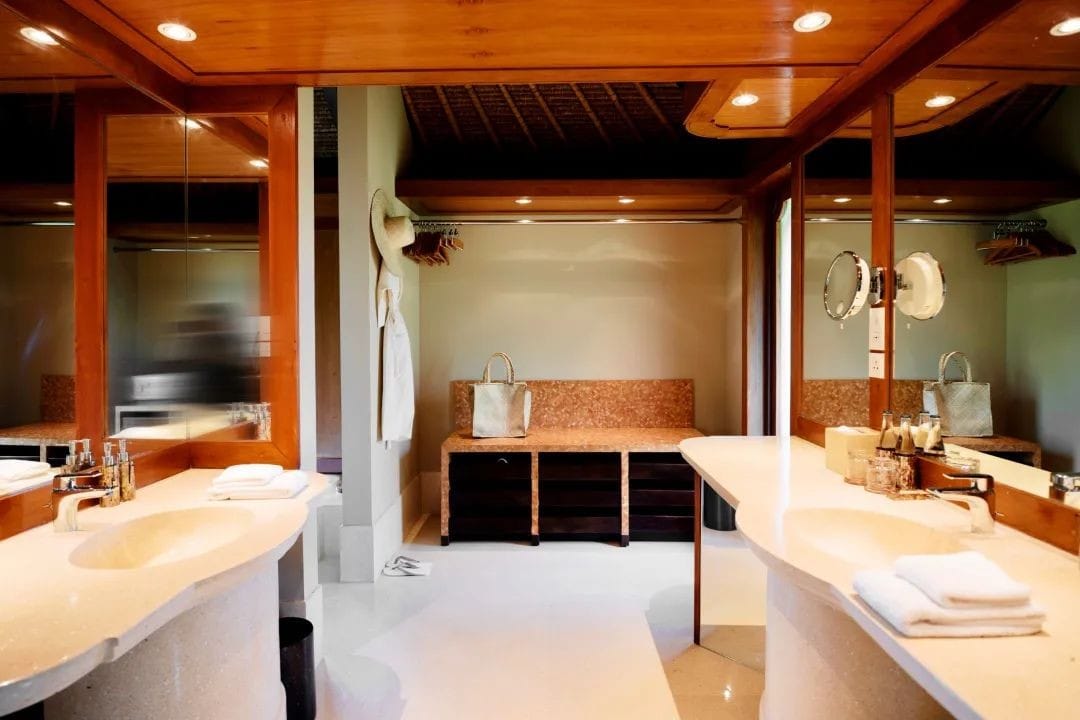
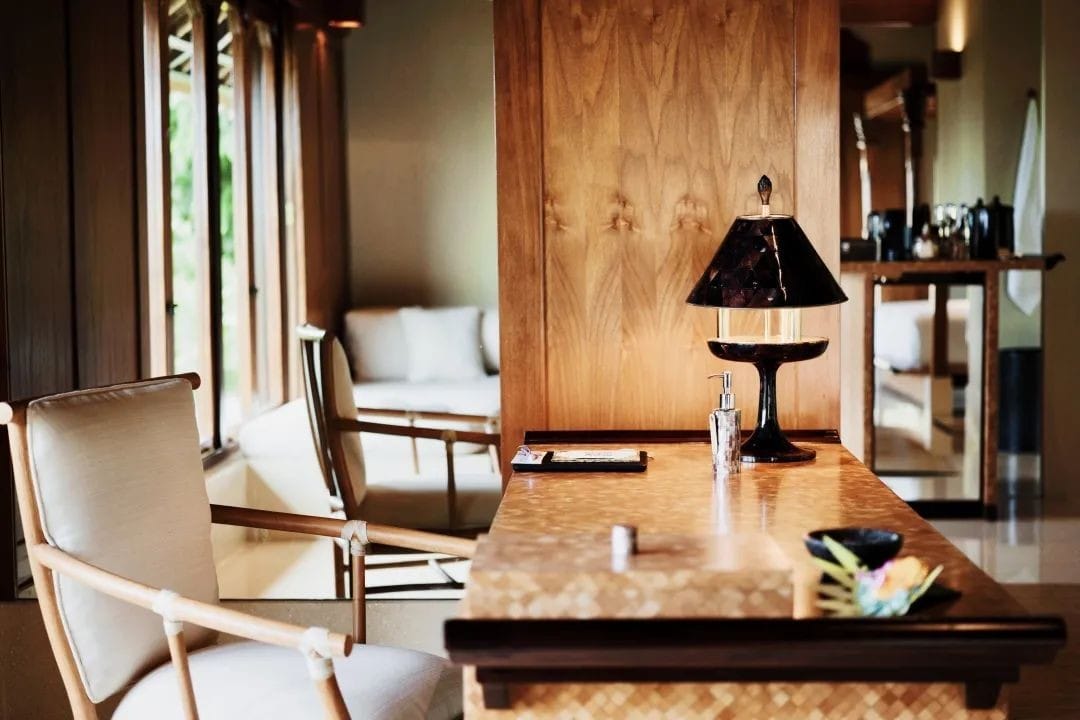
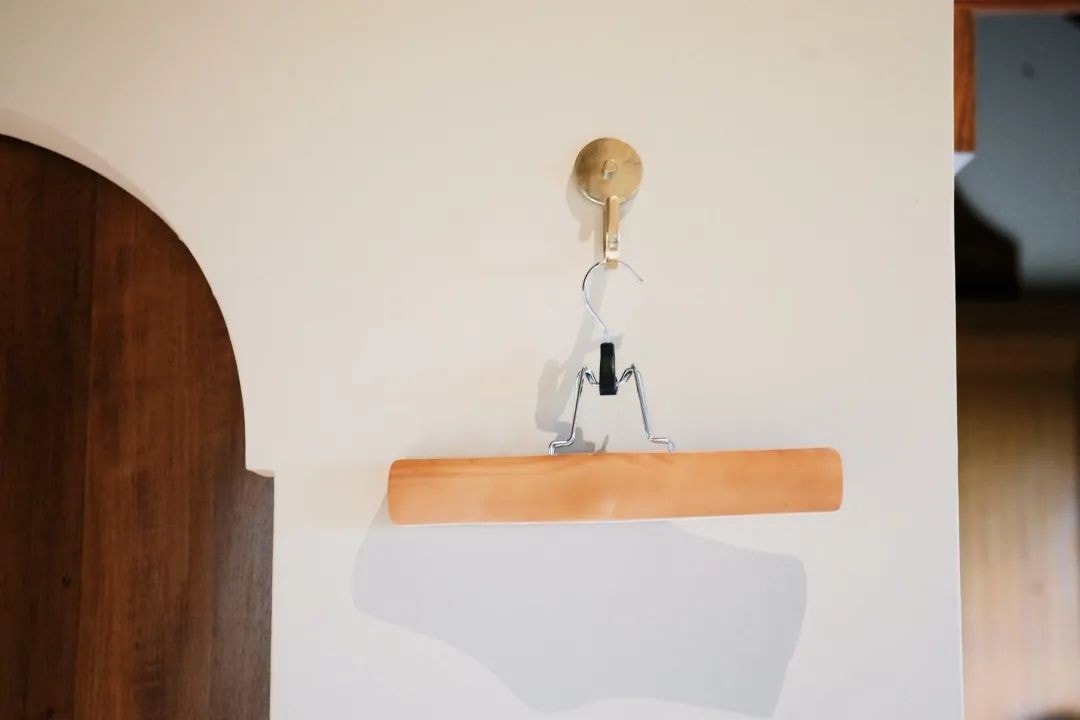
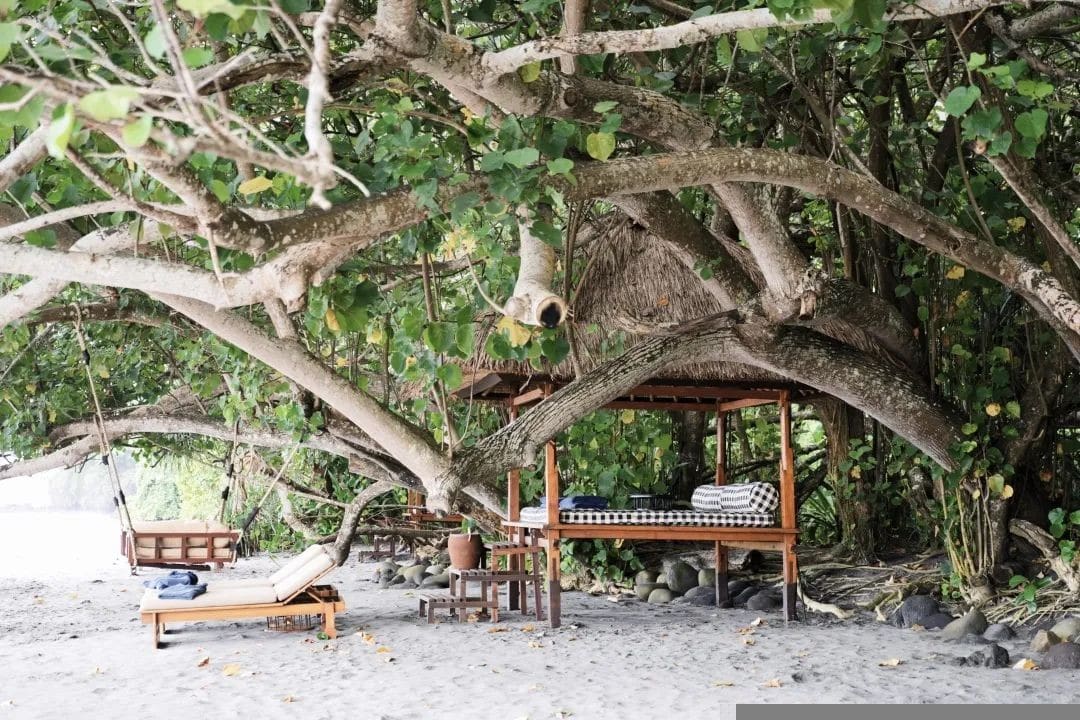
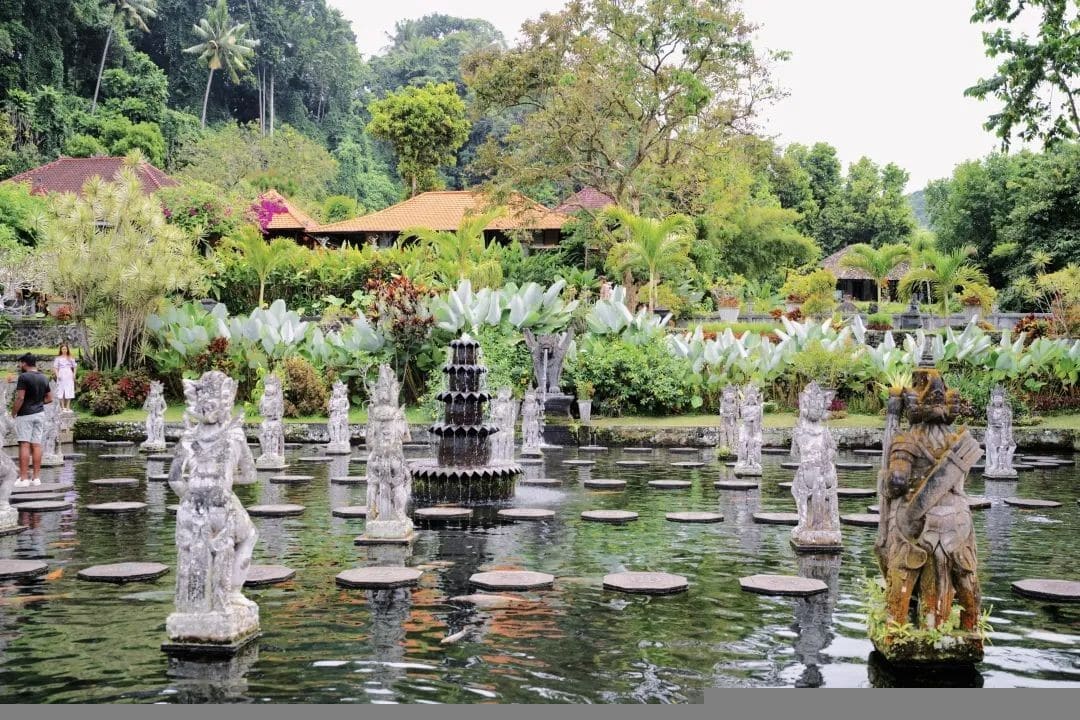
To the left of the first section is a desk, and to the right is a large bed.
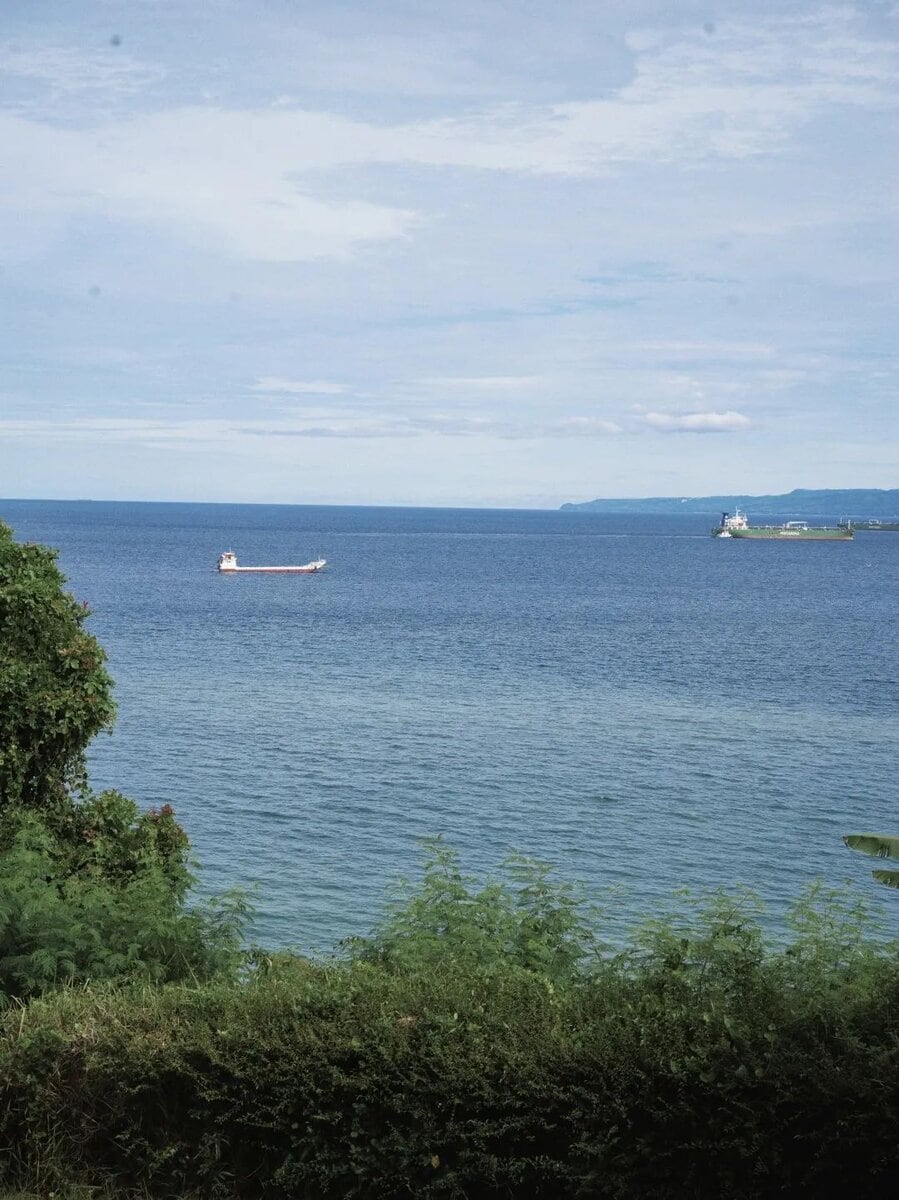
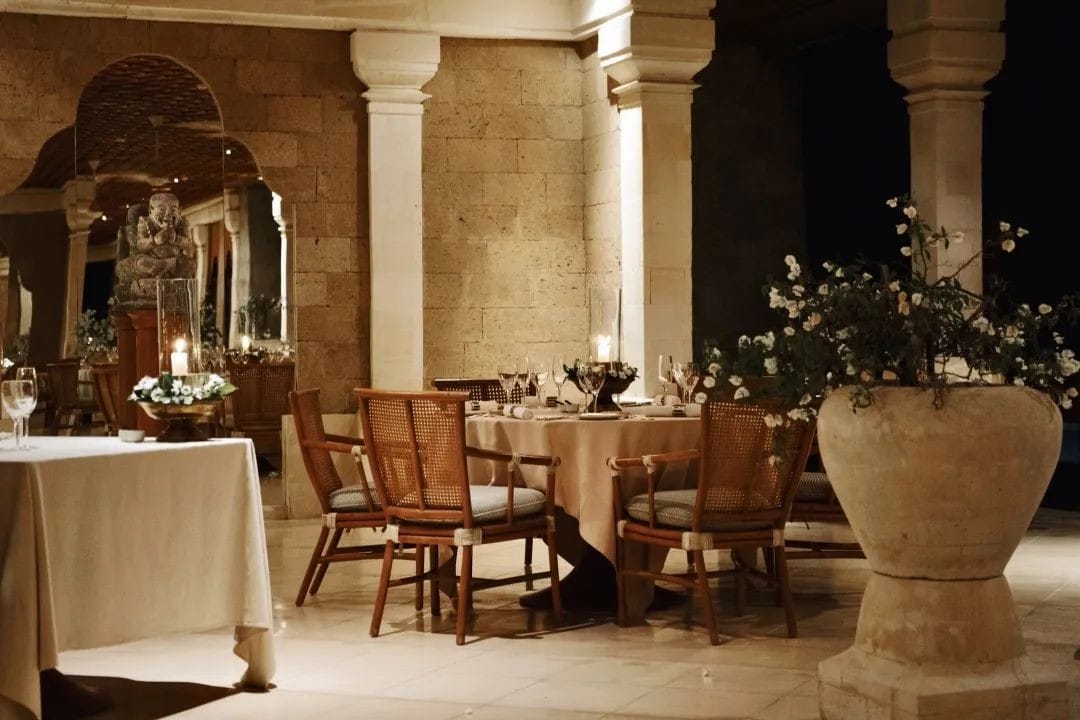
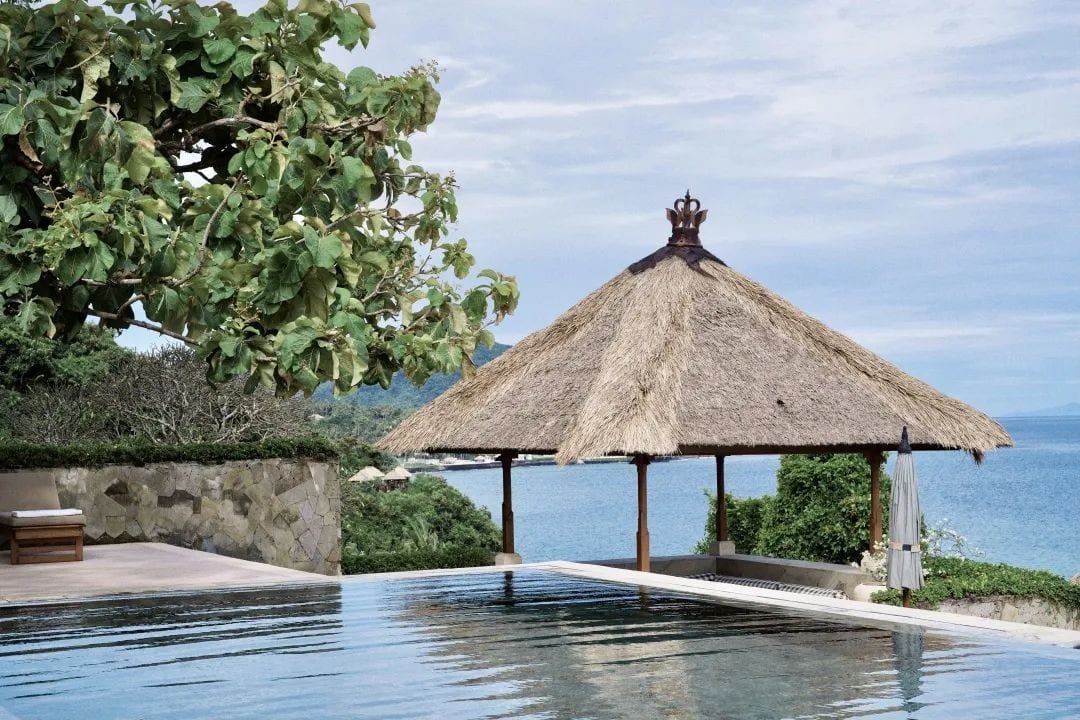
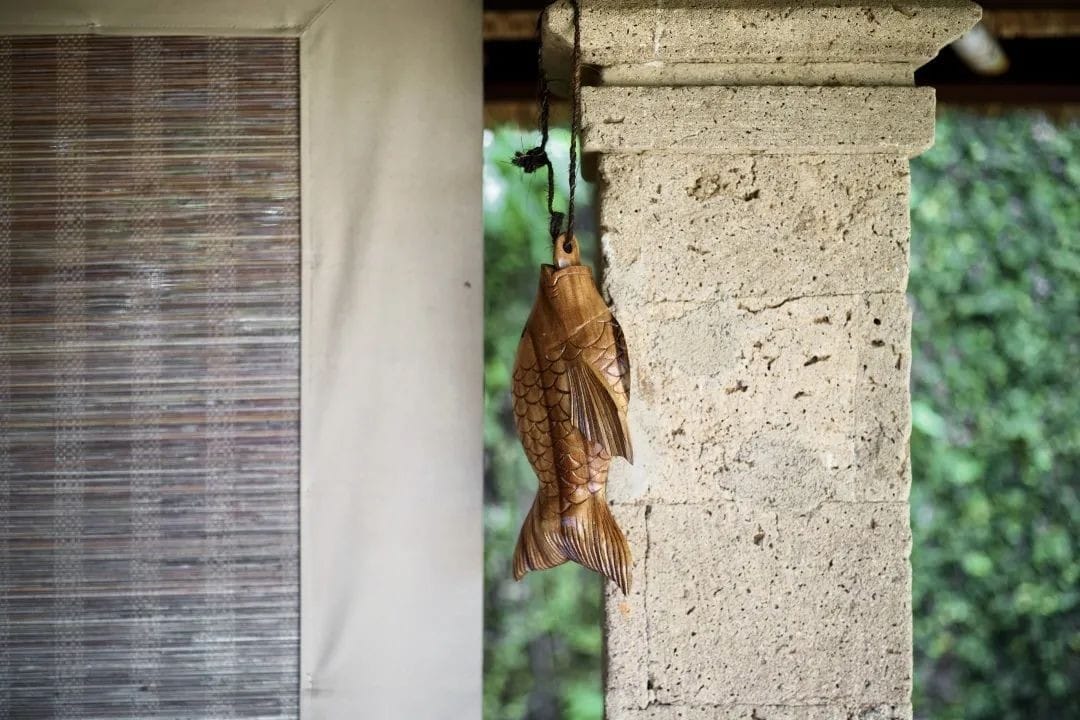
In the middle of the second section is a mini bar, flanked by a bathtub and a sofa bed on either side, each connected to an enclosed shower and a restroom.
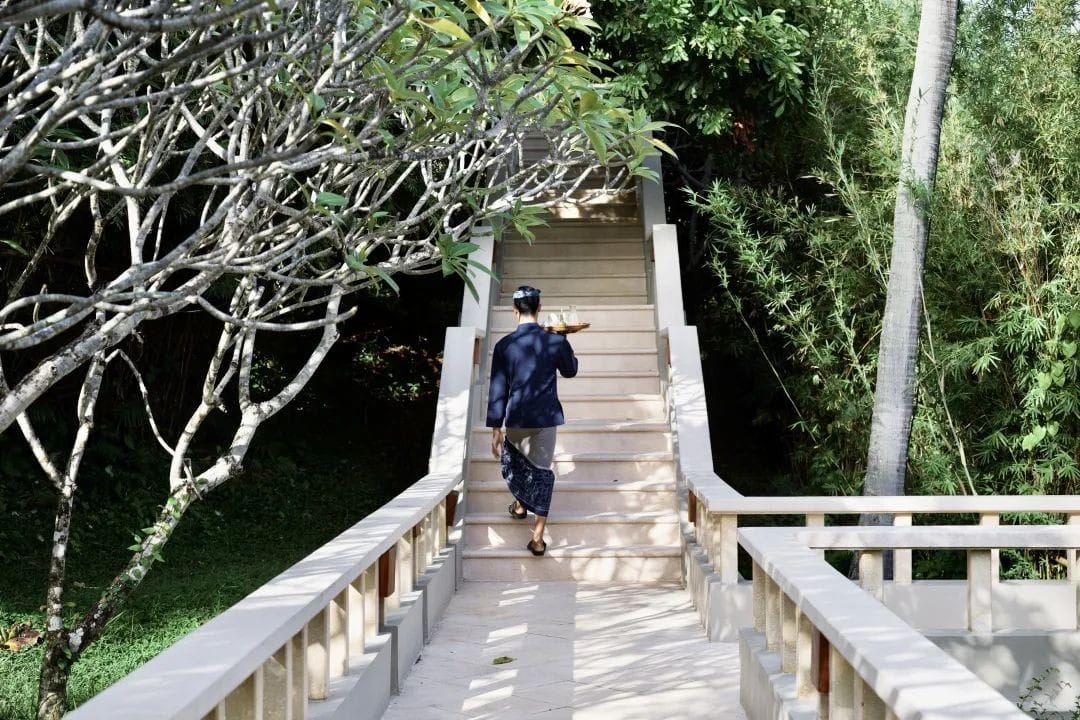
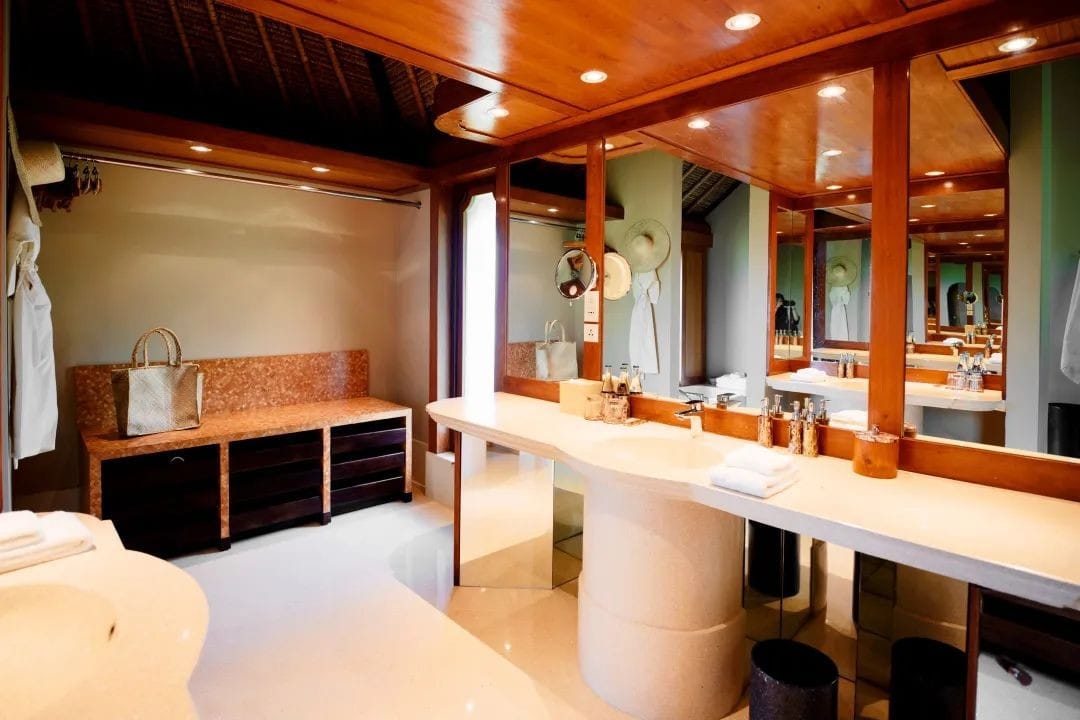
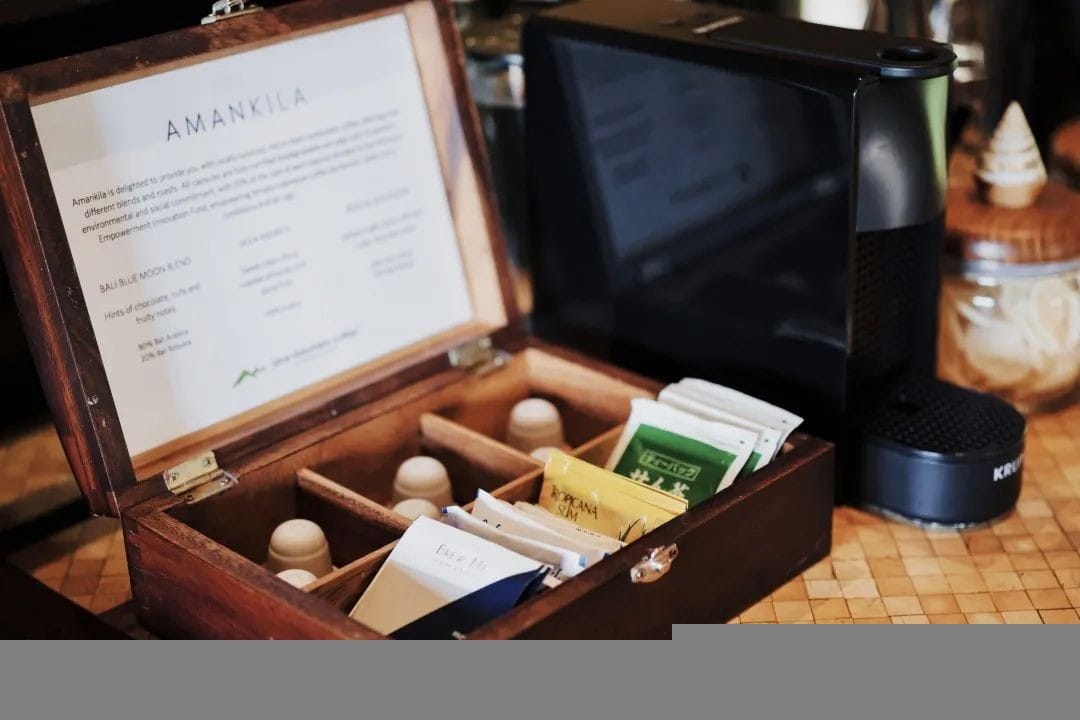
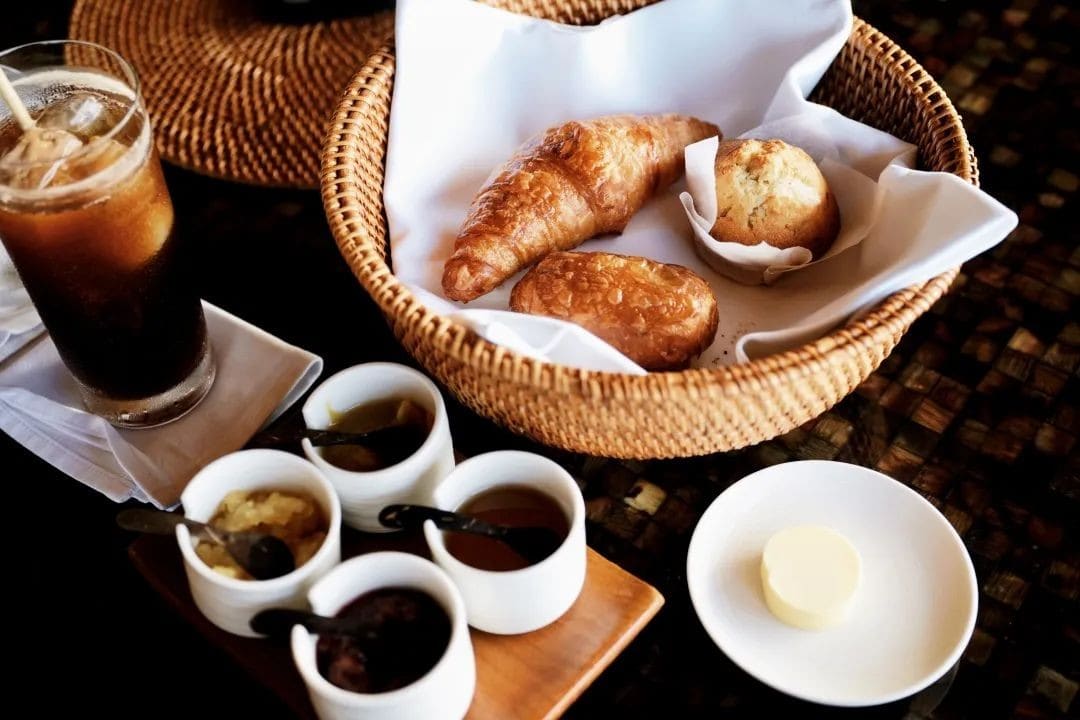

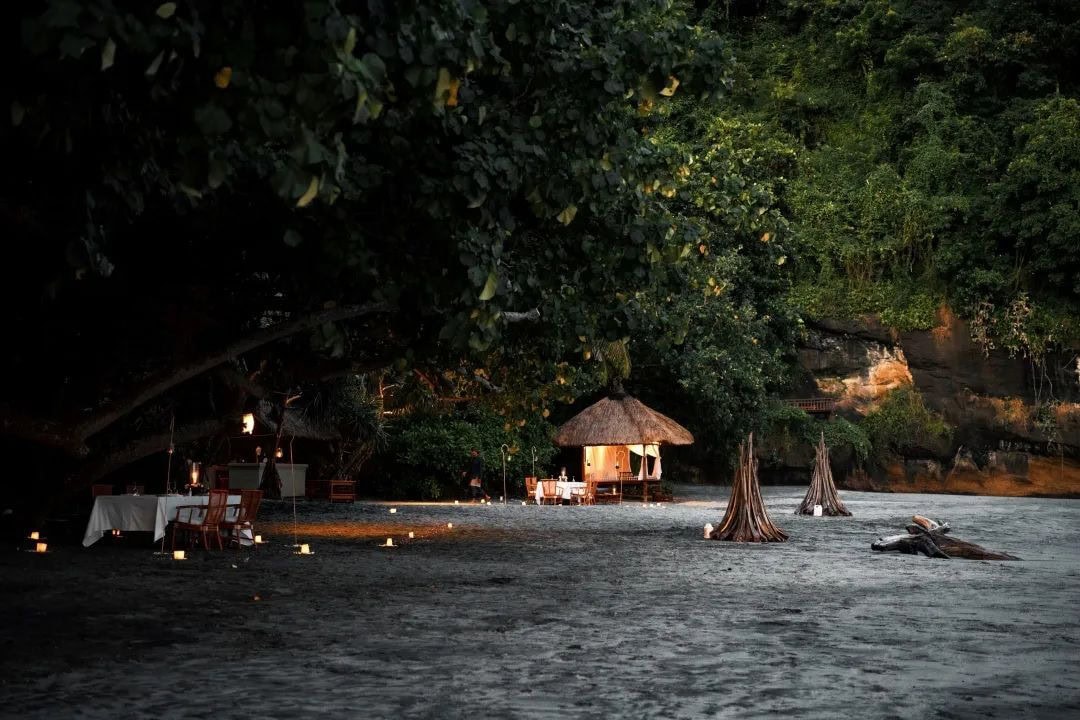
The third section features twin washbasins set apart rather than adjacent, with spaces for luggage and clothing on either side.
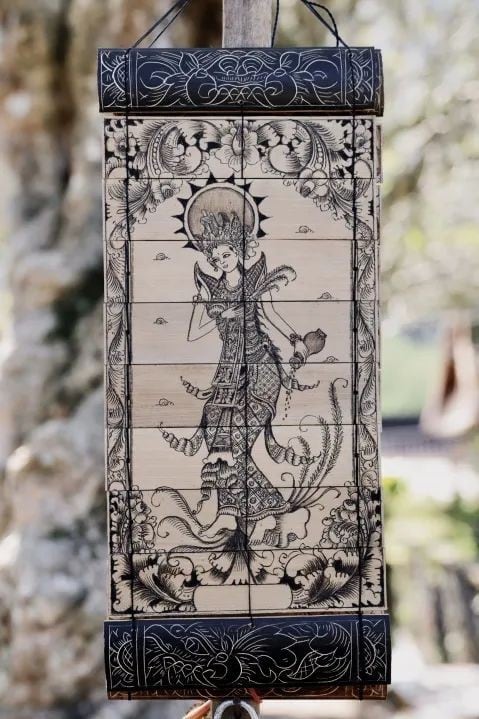
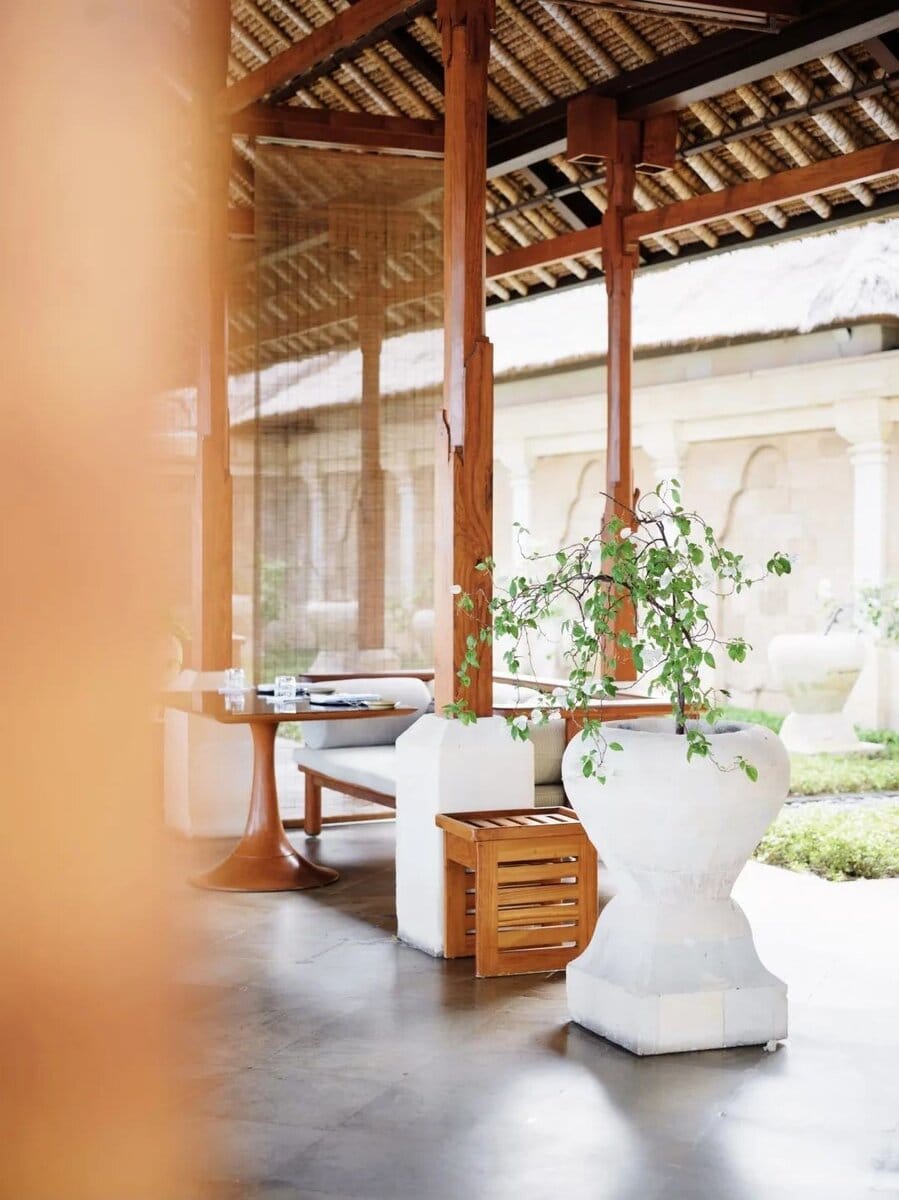
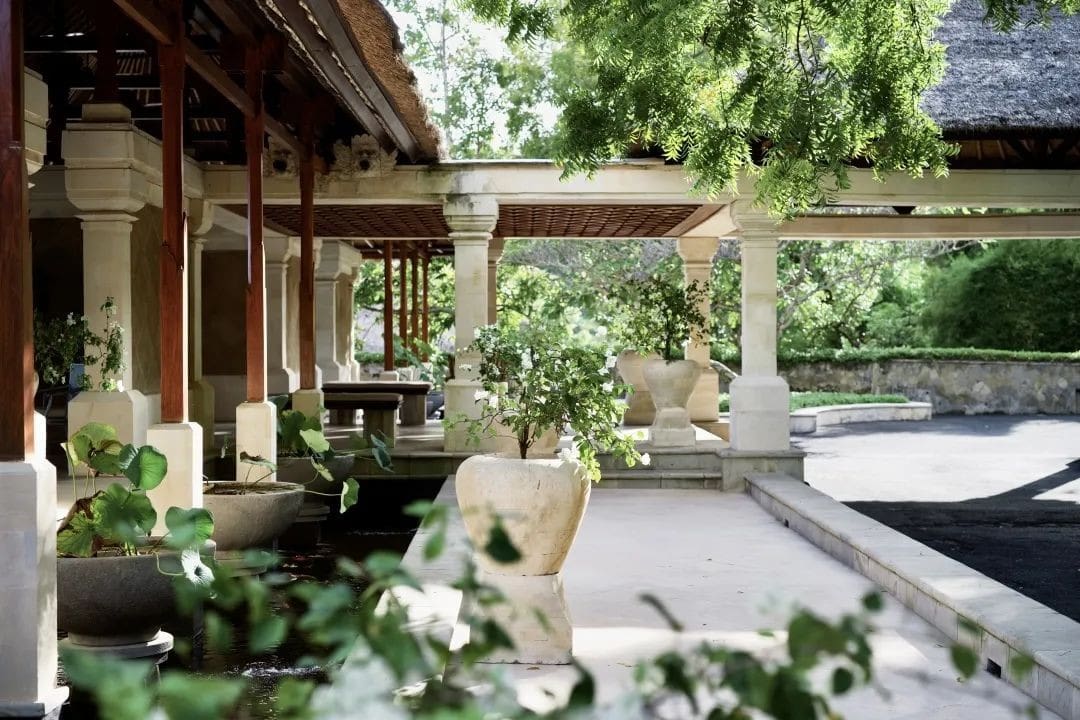
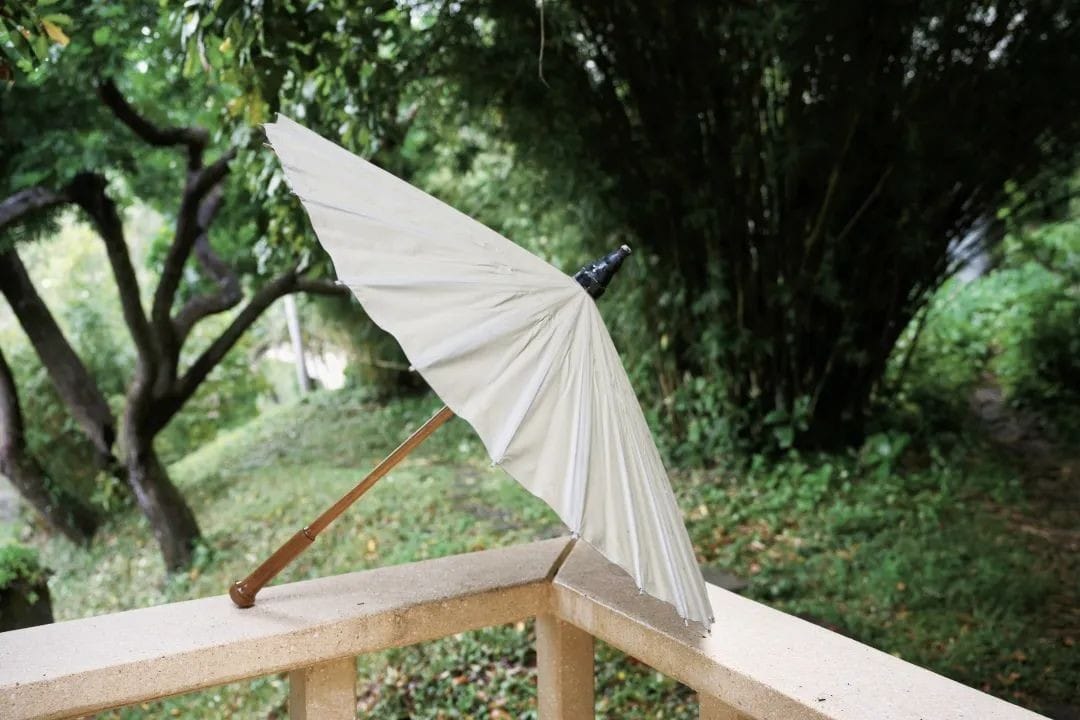
Aman’s rooms are designed with meticulous attention to detail, captivating every sense.
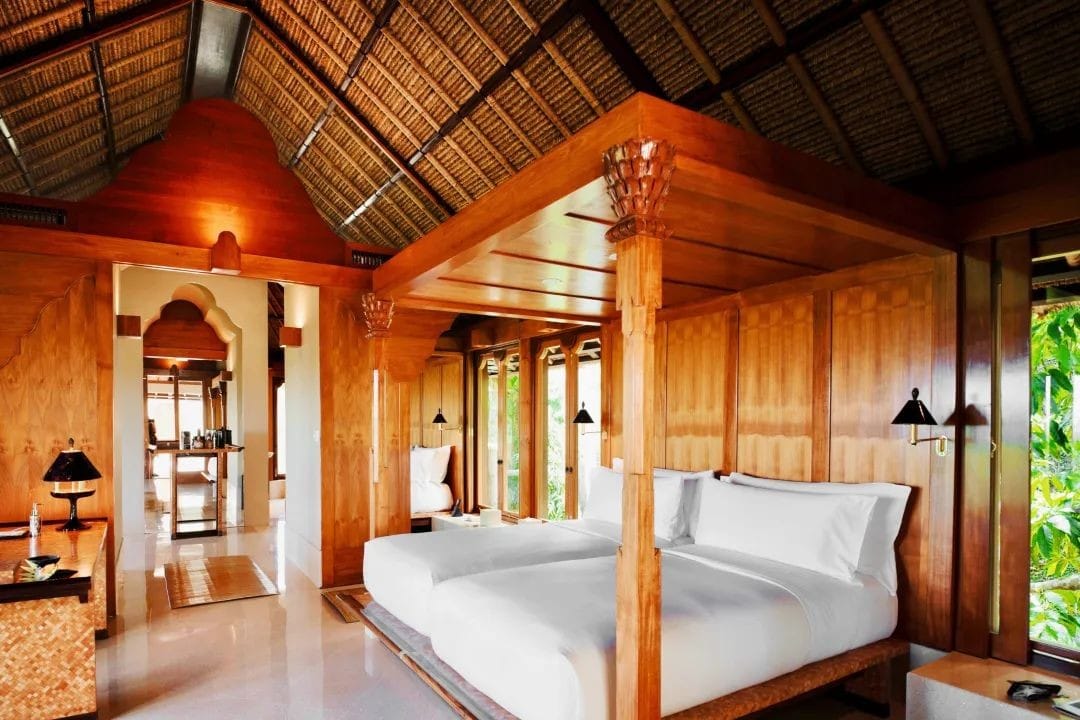
Upon entering, the room is filled with the soothing sounds of local Jinmilan music. The bedside speaker is a B&O, a favorite among home decor enthusiasts. It has no visible buttons; simply sliding the top cover connects it seamlessly to Bluetooth.
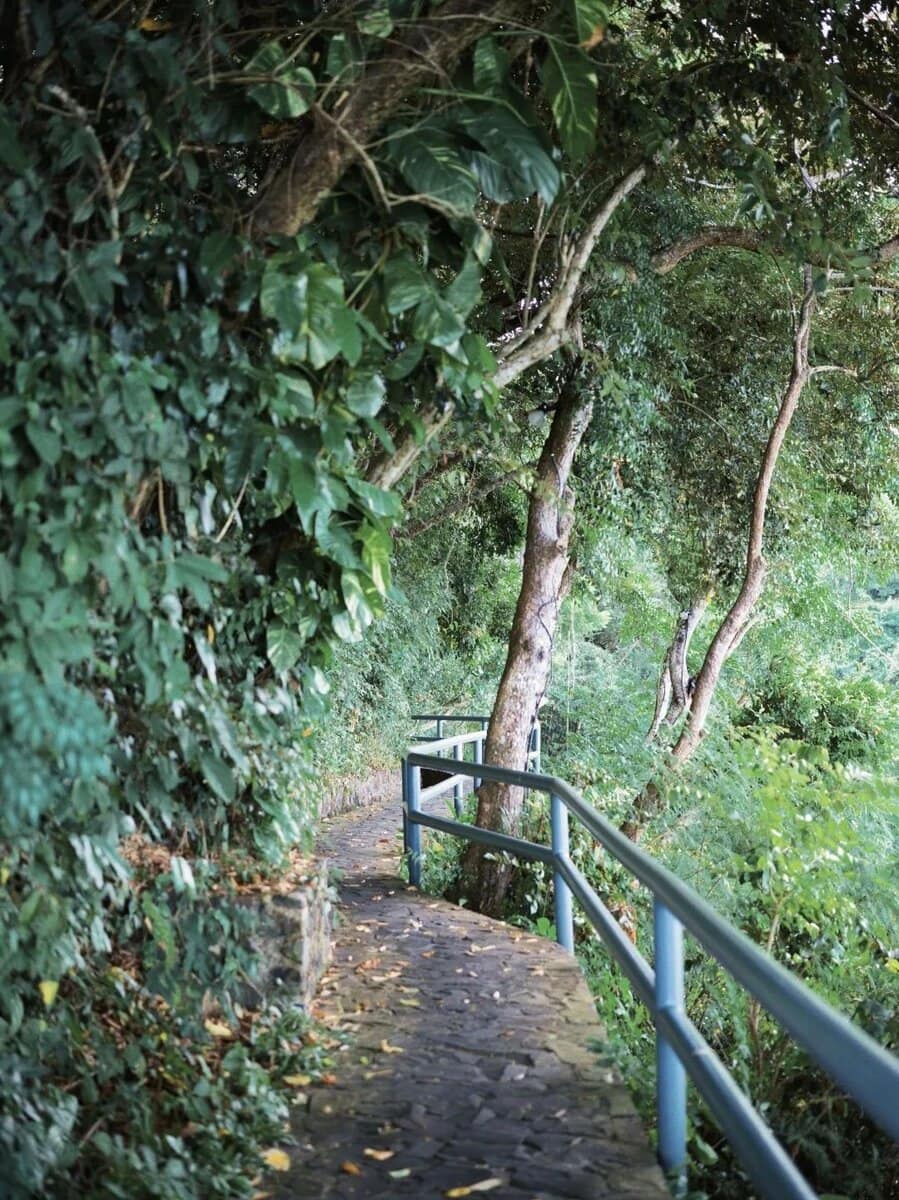
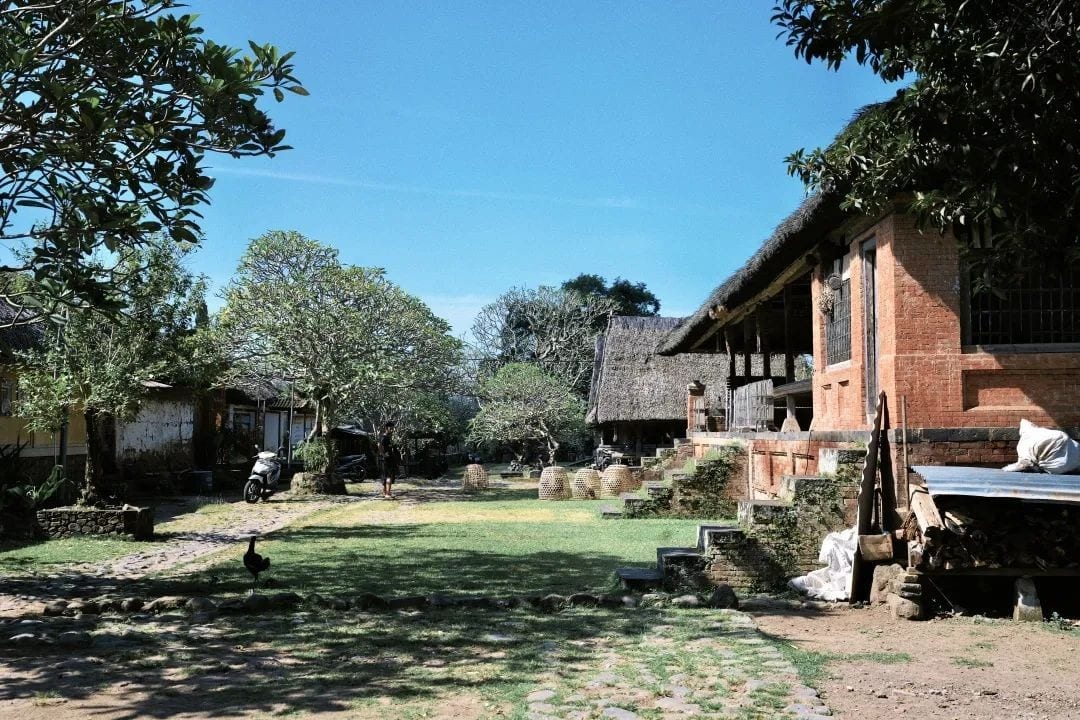
The welcome drink is a ginger soda paired with sherbet, balancing sweetness with spiciness. The welcome fruit is generously provided and replenished daily.
The room also includes two small canisters of snacks, filled with shrimp crackers and oat chocolate cookies. The latter is so delicious that I devoured an entire canister in one afternoon. I initially thought they were replenished daily, but later found out that housekeeping refills it every time.
Even though we didn’t use the ice bucket, the ice inside was still refreshed with each housekeeping service.
The teabags are offered freely and unlimitedly, while the mini-bar items incur additional charges.
Aman’s fragrance is also delightful, providing a comfortable aroma that doesn’t overpower. Among all the luxury hotels I’ve stayed at, this Aman has the most amenities. In addition to the usual four-piece set found in five-star hotels, there are bubble bath liquid by the bathtub, liquid soap, facial cleanser, and after-sun repair by the washbasin, as well as a bottle of hand sanitizer on the desk.
See the picture below – a total of nine bottles.
Each has its distinct, pleasant fragrance. The soap liquid has a sweet fruity scent, the shower gel a refreshing mint aroma. The handmade soap in the bathroom, with its sandalwood fragrance, is something sandalwood lovers would be tempted to take home.
Aman also puts thought into tactile sensations, with cooling mats placed throughout the floor to relax your feet, and two sofa beds positioned to enjoy the view.
It’s clear that Aman wants you to sit whenever you can avoid standing, and lie down whenever you can avoid sitting.
The “No Change of Sheets” tip at the bedside is inscribed on a palm leaf. This is Bali’s oldest method of recording texts and images, predating paper. Placing the palm leaf on the bed signals to the staff not to change the sheets.
In addition to the regular hangers for clothes and pants, Aman even provides special hangers for tube tops.
Moreover, Aman has hidden some delightful surprises for us. Every night, the most anticipated part was the little gifts brought during the turndown service.
On the first night, we received a fan featuring a local dancer, and on the second night, it was some natural ginger powder. Alongside the gifts, there were bedtime story notes telling local legends or customs, which I eagerly read like comprehension passages.
Oh, and in the room, there were two oversized wide-brimmed beach hats fit for a lady and a woven bamboo beach bag, all of which can be taken home.
This Aman resort also boasts a private black sand beach and a beach club.
It’s not next to the main pool; you need to trek through the jungle for about 10 minutes or call for a shuttle to get there.
Hotels with pools and beaches combined are always quite noisy. By separating them like Aman does, each area remains serene.
The beauty of the jungle pool rivals that of the main pool, but it’s less crowded. There’s also a restaurant nearby.
From the path beside the pool, you can walk out to the private black sand beach. The sand here on the east coast is black due to the nearby volcano, and Aman maintains it beautifully, making it soft and pleasant to walk on barefoot.
For those willing to spend, you can reserve the entire beach for dinner. The staff will set it up in a dreamy manner, with a private Aman chef serving only one table, and no other guests allowed.
Now, let’s talk about the food at Aman. Their breakfast alone delivers a fine-dining experience—something only Aman can achieve.
Breakfast is enjoyed at the open-air main restaurant, with morning sea breezes wafting through. The tables are adorned with dazzling shell decorations, aesthetically pleasing.
All breakfasts are à la carte and made to order, with options divided into appetizers and main courses, offering a wide variety. Essentially, breakfast and brunch are almost indistinguishable here. During our days in Bali, we seamlessly skipped lunch.
Aman’s bread is genuinely delicious, perfectly baked, paired with a wide assortment of butter and jam.
The reason it feels like fine-dining is due to the staff’s diligence in frequently changing the tableware. Aman is also the only place where they automatically offered chopsticks because I ordered Indonesian fried noodles.
We also dined at the Italian Terrace restaurant one evening, which is a true fine-dining venue serving very traditional and authentic Italian cuisine.
Instead of butter, the pre-meal bread is accompanied by Italian balsamic vinegar and olive oil. We ordered several signature Italian dishes like Burrata cheese and Italian dumplings. Perhaps due to their authenticity, some flavors may seem mild to the Chinese palate.
However, the ambience of this restaurant is extremely romantic, perfect for a marriage proposal.
Aman also offers complimentary afternoon tea at the bar, featuring some sweet local Balinese snacks served in banana leaf containers. While enjoying the tea, local girls dressed in traditional attire would bring handmade woven crafts to our table.
Although staying in the resort honors Aman’s essence, if you wish to explore the local culture of East Bali, Aman has well-planned routes for that as well.
Dedicated staff will take you to various attractions, providing brief explanations. We visited the former Sultan’s palace in the east, a water garden with numerous giant fish, and Tenganan.
One of the most worthwhile places to visit is Tenganan. It is a primitive village that has hardly been influenced by society and doesn’t even participate in Nyepi Day. The village resembles the idyllic scenes in “The Peach Blossom Spring” with interconnected paths and the sounds of chickens and dogs echoing.
The architecture is meticulously arranged, with every household boasting a garden where local, beautiful plants grow freely. The village is vibrant with colorful chickens, with their clucks and barks creating a lively atmosphere.
More importantly, the village has a rich artistic ambiance, with all crafts following traditional methods. You can find palm leaves inscribed with texts and images, painted eggs, ancient weaving products, and local beaded crafts.
Several households are open for visits, which makes it feel like a mini handicraft museum. If you’re looking to buy unique Balinese handicrafts, Tenganan is an excellent choice.
Additionally, let me praise Aman Resorts’ shuttle service. The vehicle not only has mobile wifi but also provides power banks, snacks similar to those found in the rooms, water, and a mini trash bin. There’s even a small fridge under the co-driver’s seat with cold mineral water.
In conclusion, the service at Aman Resorts surpassed all my expectations.
At Aman, the check-in process is done in-room, complete with a detailed room tour upon arrival.
The staff speaks English, and the restaurant menu is also fully in English. However, I found that in the most luxurious hotels with the best service, English becomes less important. The staff are extremely attentive and have anticipated all your needs. As for the menu, today’s photo translation apps are quite powerful.
On the second day after we left Aman, we had an early flight to Singapore. Aman not only proactively arranged a wake-up service for us but also packed a breakfast. It included various breads, different jams, and butter, ensuring we had a delightful breakfast while waiting at the airport.
Moreover, at the airport, there was even a staff member (not the driver) seamlessly handling our luggage up to the security check. I asked about it, and he was from Aman Villas at Nusa Dua, the nearest Aman to the airport.
Aman’s service starts and ends at the airport.
This year is particularly meaningful as Aman celebrates its 35th anniversary.
They say experiencing the most beautiful things too early in life can make the future seem dull. For me, staying at Aman too early wasn’t necessarily a good thing. Ah, it only fuels my motivation to earn more so I can explore more Amans in the future.


